Mudd Pearl's Startling Ocean Starlets
- Director Boma Iluma
- DoP Charlie Owens
- Producer Jon Brogan
- 1st AD Aspen Miller
- Score Kidä
- Editor Aicha Cherif
- Prod asst Ashley Parcels
- 2nd Prod asst Kayla Parlante
Stay informed on our latest news!

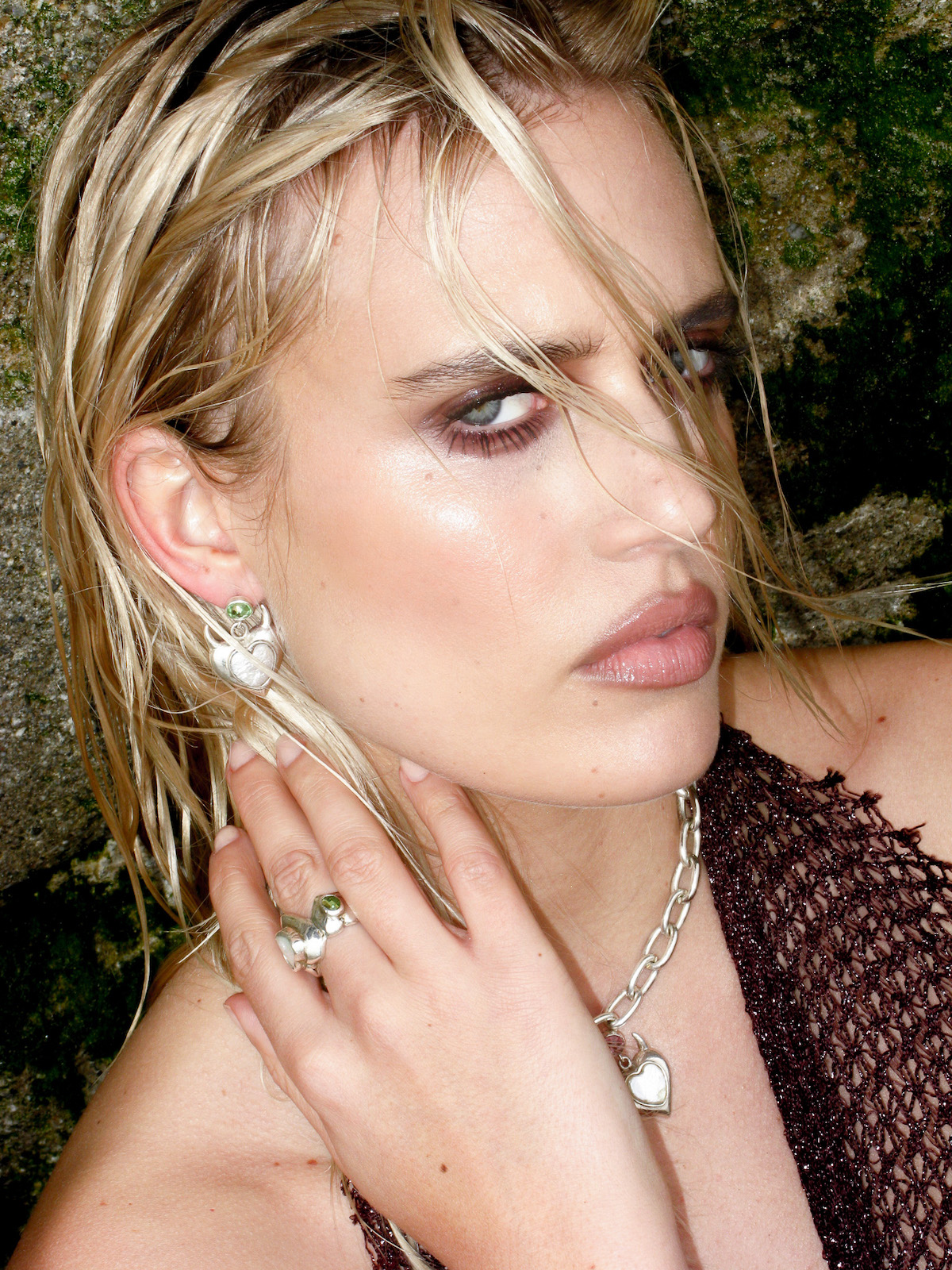
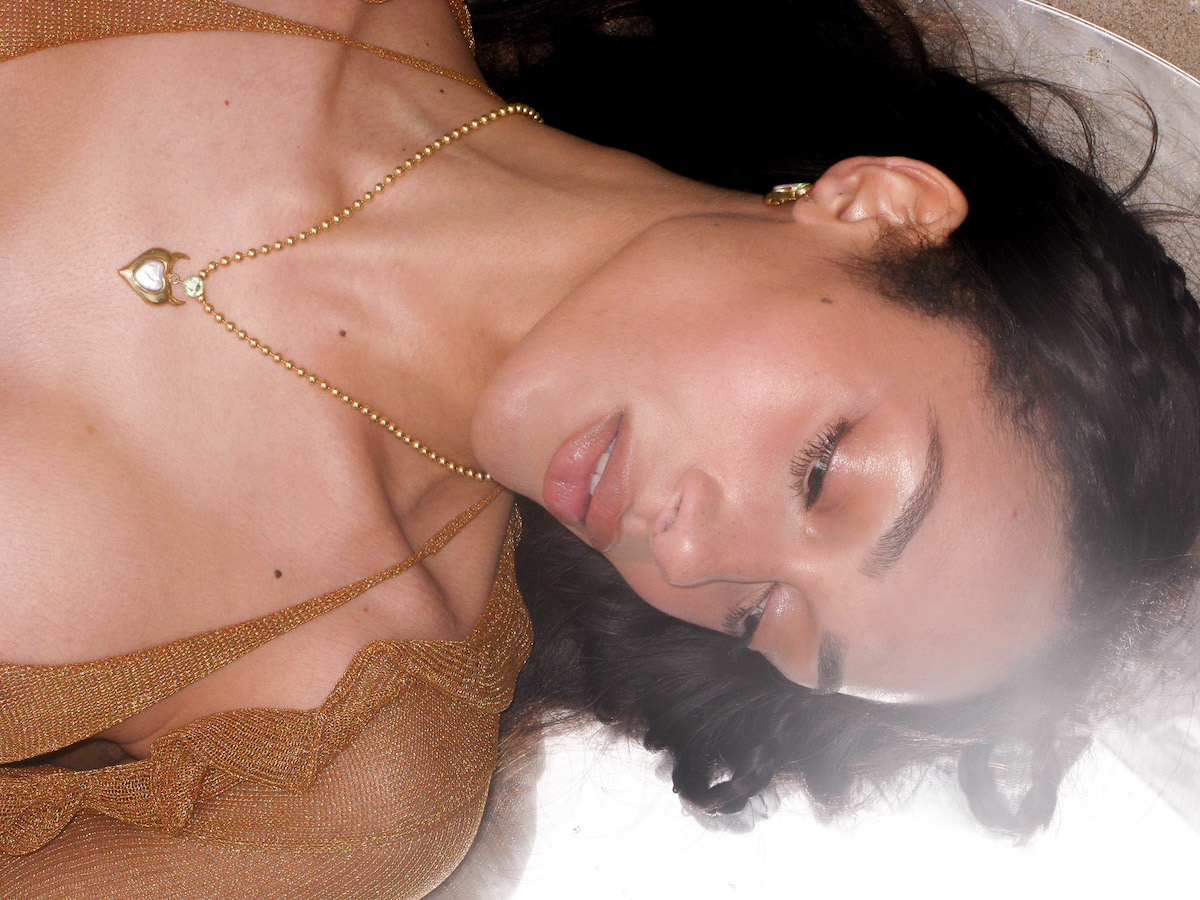
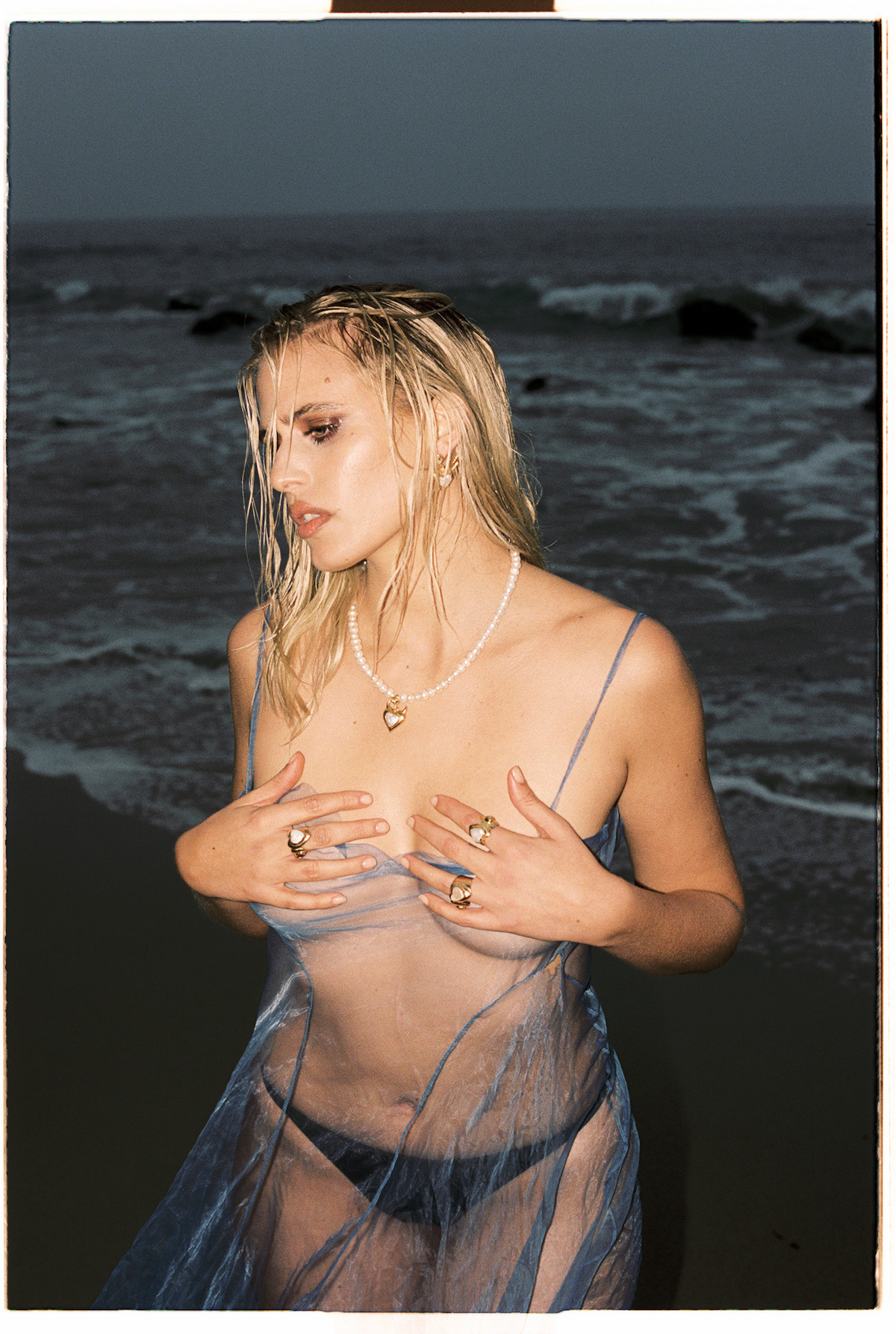
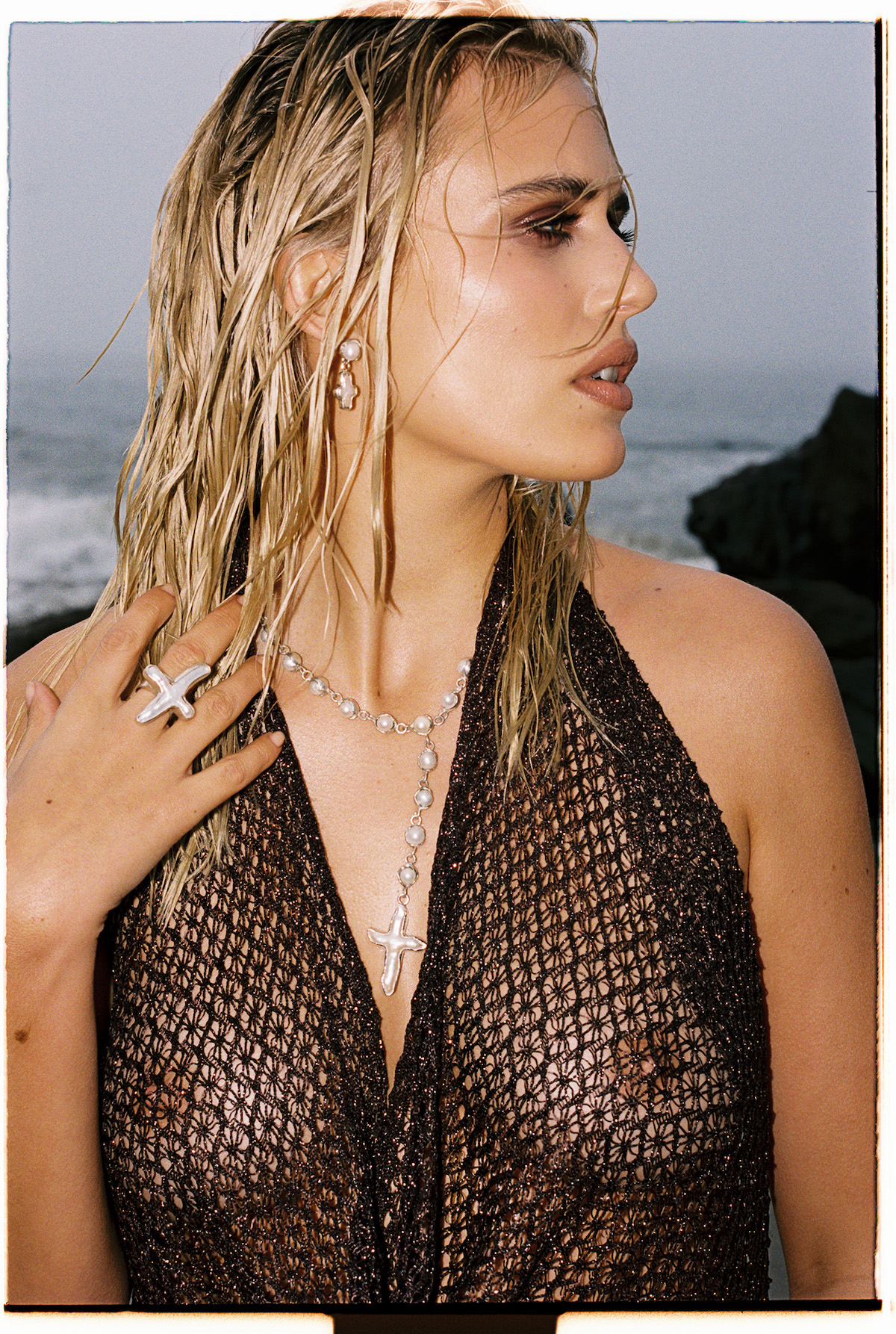
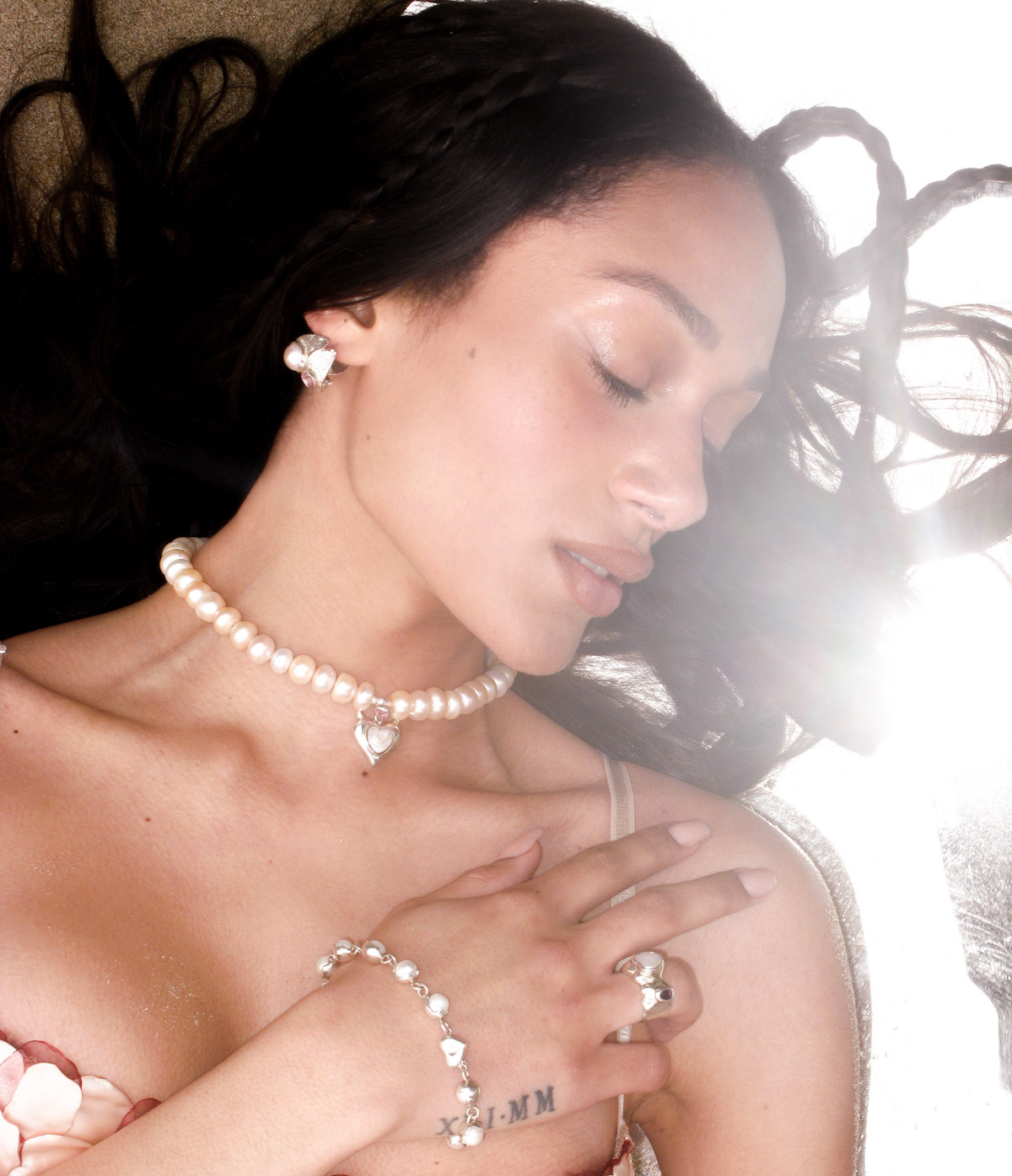
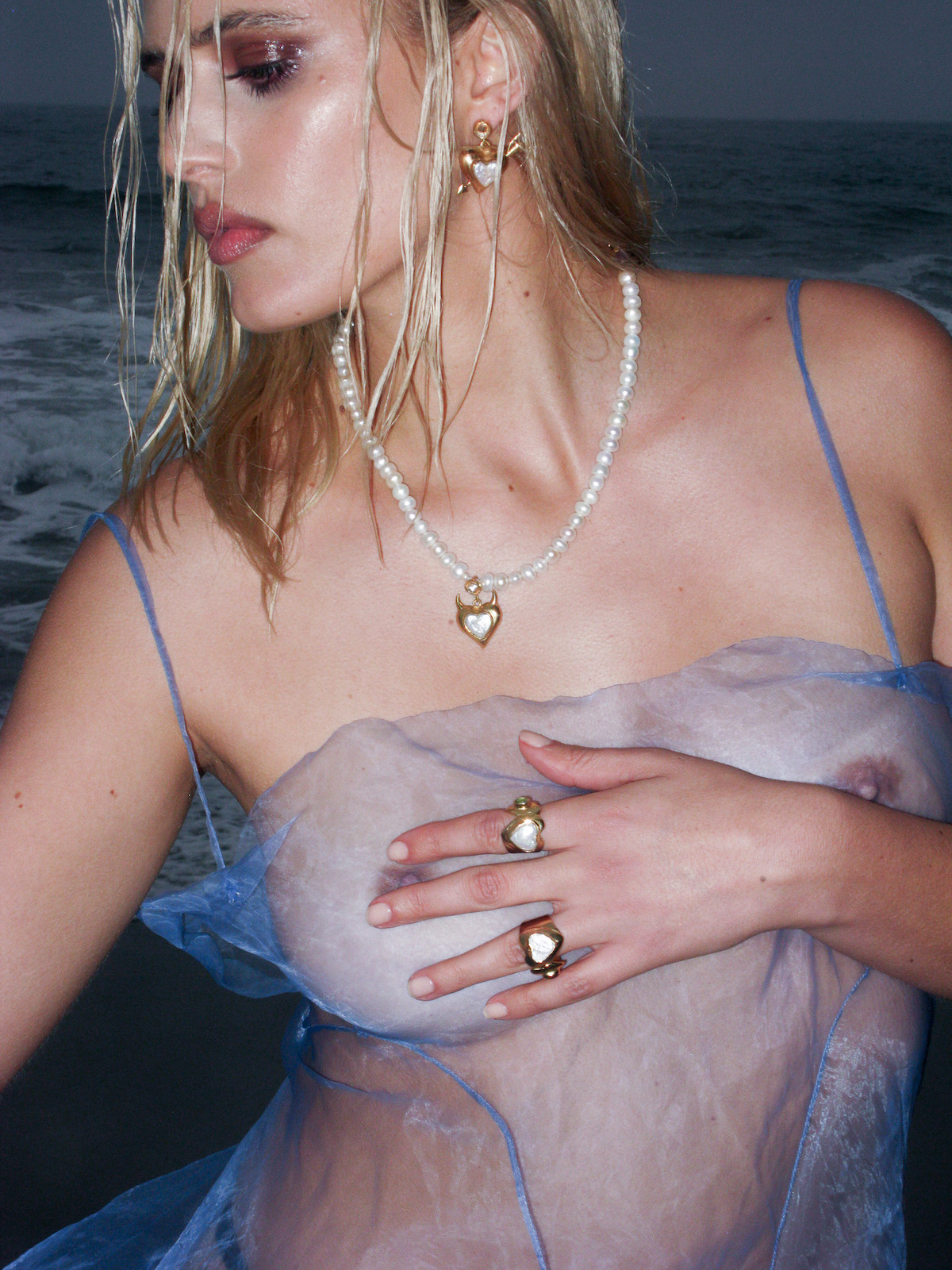
Mudd Pearl: Venosa from Boma Iluma on Vimeo.
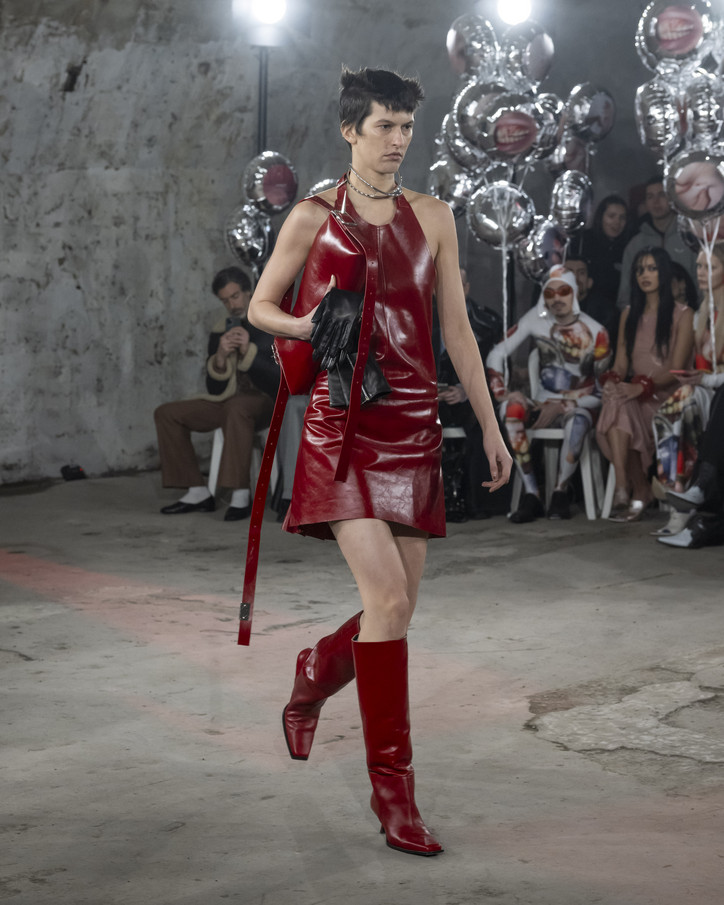

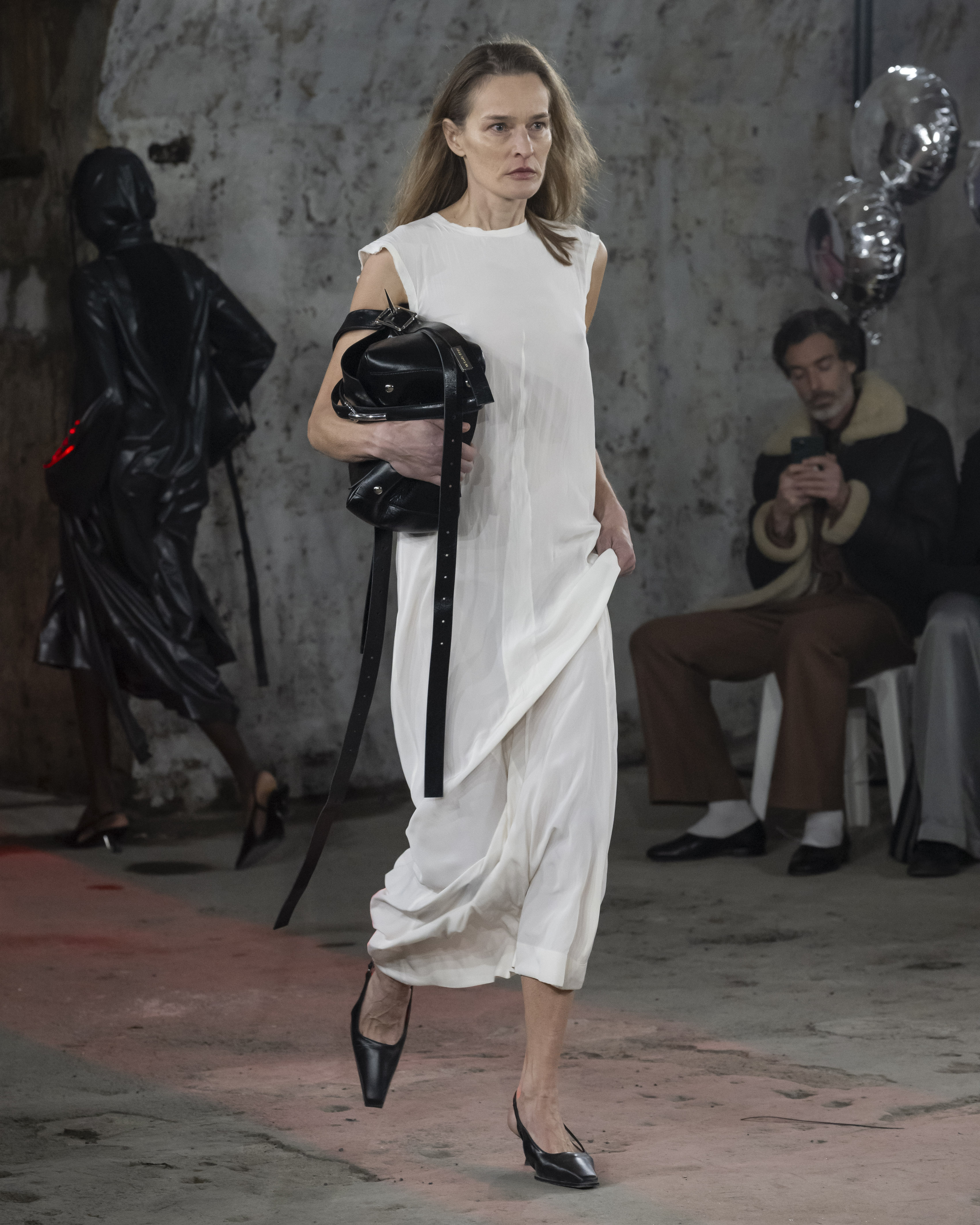
Photos courtesy of JordanLuca
JordanLuca is a case in point: amid the brand’s offerings, traditional tailoring was constructed with a wide take on shoulders, using new fusing techniques for JordanLuca to maintain the silhouette and create a broadening effect. Just about everything a hypebeast could ask for: A vision of monolithic confidence, representing the everyday businessman, a statement of power, subverting formality but remaining functional, appearing quite like a nod to masculine dressing that met a poised degree of severity, particularly in the gray suiting galore.
Speaking of sartorial poise, Brunello Cucinelli delivered a Fall outing that had shapes, a hallmark of men's style, taking on a new and modern attitude. Coats with tailored shoulders, elegant trench coats and traditional outerwear jackets were revisited in a much pared-back way, with silhouettes that enhance the male physique due to distinct yet comfortable designs. Suits with a dynamic personality are more than just formalwear staples, they are first and foremost a form of versatile elegance for everyday looks and convivial moments alike. A versatility that takes central place in Domenico Orefice’s Fall outing, which showcases a genderless collection that places itself within new generation sportswear, where tailoring and craftsmanship collide. Well, it worked in parts, but to “exemplify the degree of difficulty of aid climbing and the risk parameter,” as the notes detail, one wouldn’t go climbing in a tousled dress with no sleeves nor actual winter practicality to it.
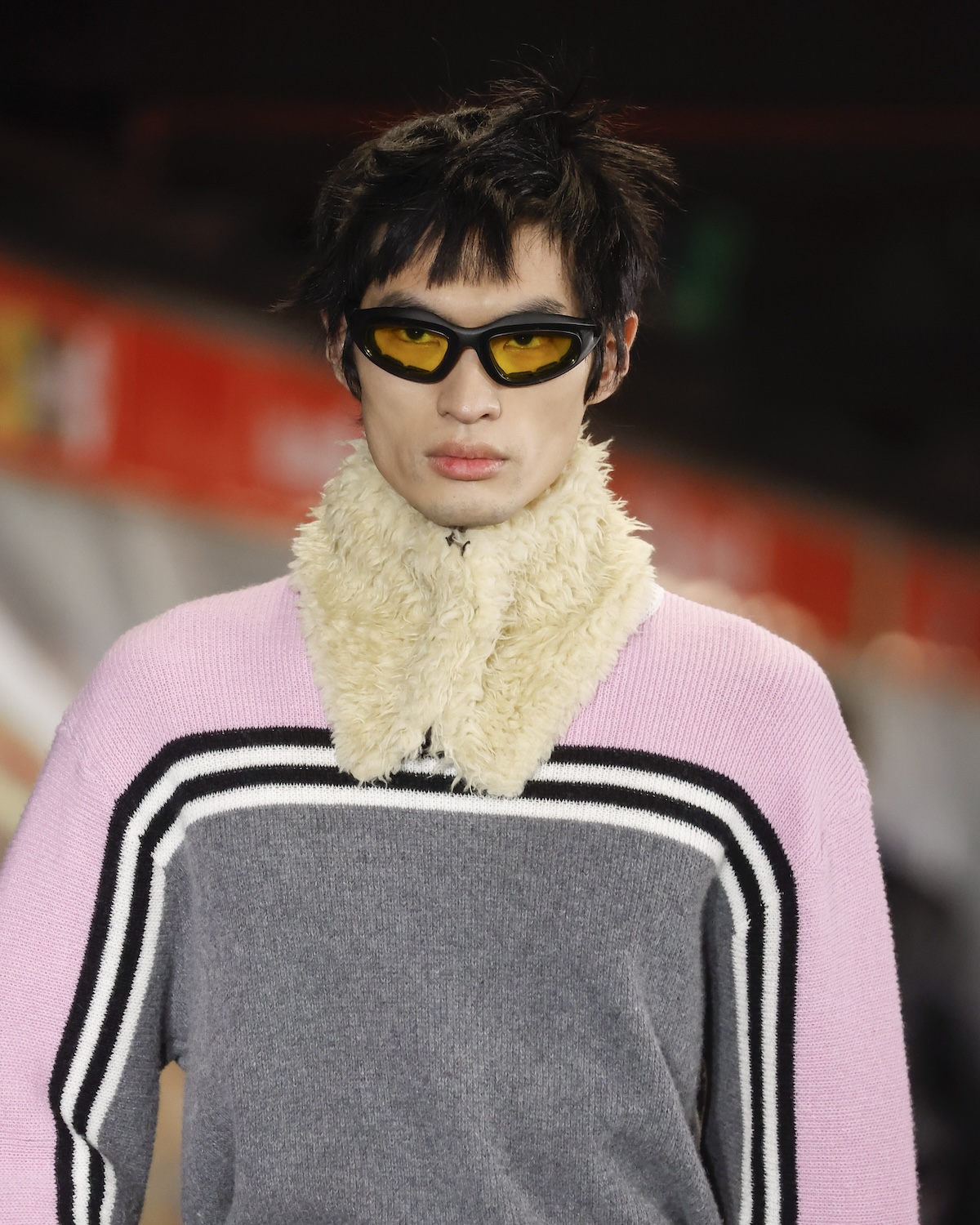
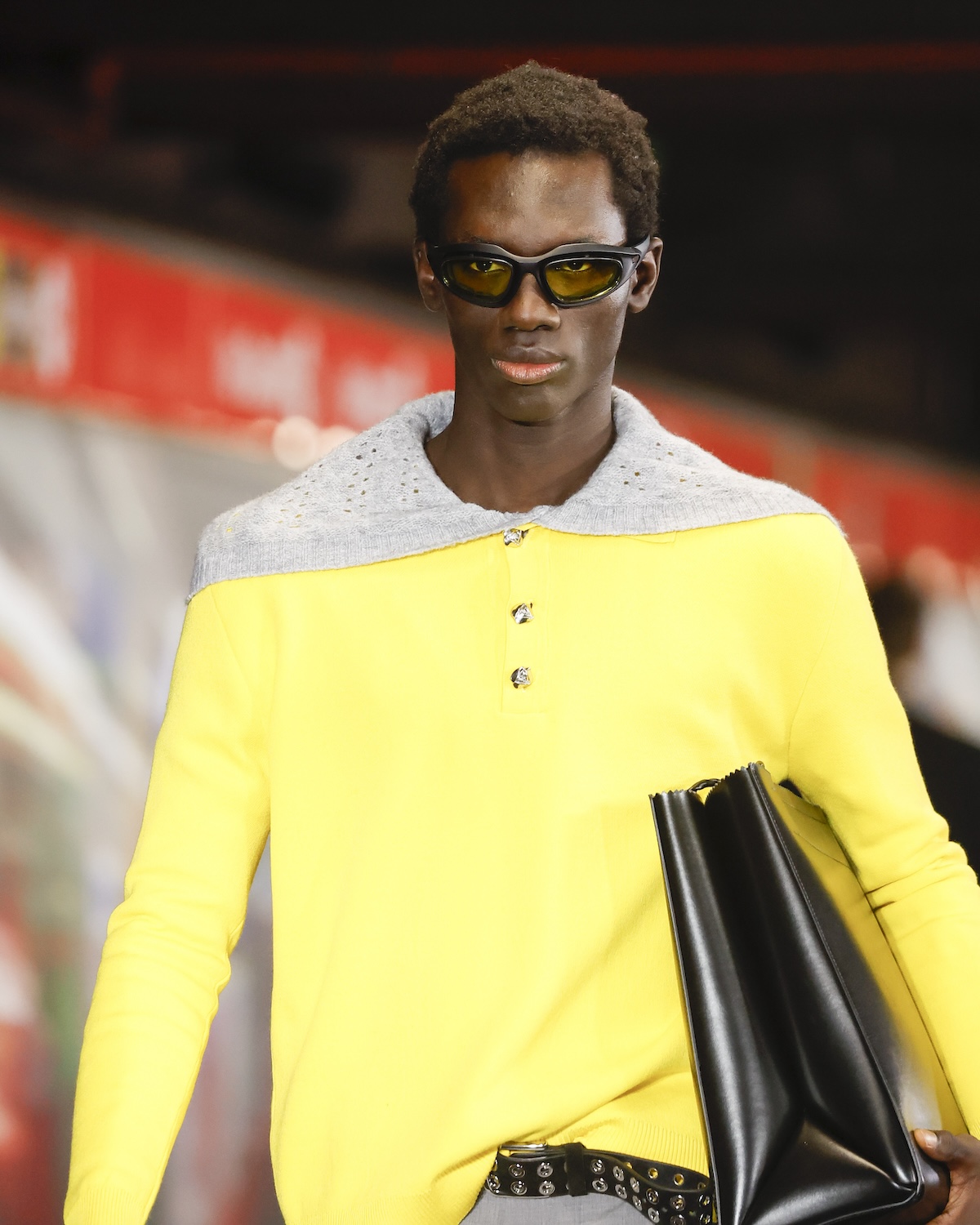
Photos courtesy of MSGM
A brilliantly executed functionality that veered on the soft edge of elegance for Massimo Giorgetti’s MSGM collection, staging a show in the subway of the revered Porta Venezia district. “I’m obsessed with this place, and for this season I present a collaboration with Fondazione Franco Albini, the genius who designed the module of the subway in 1964,” said Giorgetti in an interview post show, detailing his willingness to execute a collection that resonated with the entire Milanese community. “It’s a kind of ironic reflection of the life’s ever frantic speed, which reflects on the state of our times like that of our daily routines that go really fast; we run everyday, so the central point is to see these clothes as a weapon of freedom against the damned constructs of the world we live in.” The show had energy, and this season the labels’ loyalists will zoom in on familiar items — like the loose knits — or venture deep into the unfamiliar, like brooches and inlaid decorations which appeared on this season’s coats. Among the on-trend surprises: prints were created thanks to images and unique patterns taken using the features of the Google Pixel 8 and its camera based on artificial intelligence.
On the more sustainable side of the story, Simon Cracker echoed, like every season, an ethically-minded edge that looks to the practice of upcycling and maxi tailoring. This season’s theme centered on the patterns of sleep, which is translated by the creasing on wide shirting and flat slippers. “The idea is that of introducing the transition when we wake up at night time, when the senses absorb themselves and where everything becomes blurred, lines go out of focus, colors fade and consciousness drifts,” they said backstage. Clothes took a dusty spin thanks to old opaque sequins, and silvery paints where sharpness is softened and the identity lays on traditional men’s tailoring. There were some decent outerwear pieces whizzed here and there, but it’s about time for Cracker to fully re-engage with a fresher take on upcycling that kicked off as such an integral part of his oeuvre. An oeuvre that garnered all manner of functionality at Stone Island, staging their Fall show which revisited their hallmark staples. In terms of creative excitement and differentiation, the show left a conundrum for industry insiders: it was rather unclear what the outcome of lights flashed across near-to-mummified models actually meant, but I imagine it left some puzzlement over whether leaving the house, on a frosty Friday evening, was such a wise move.
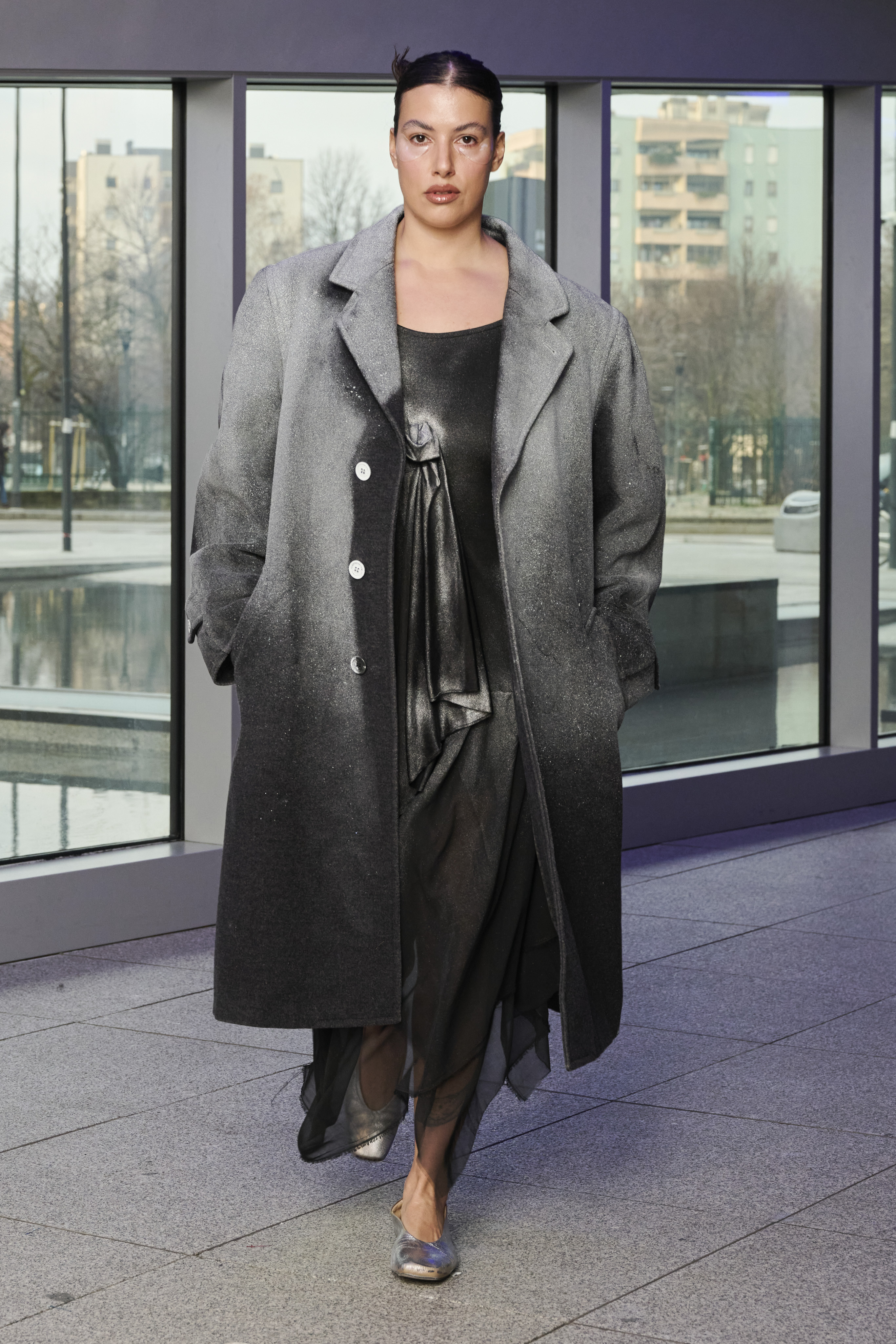
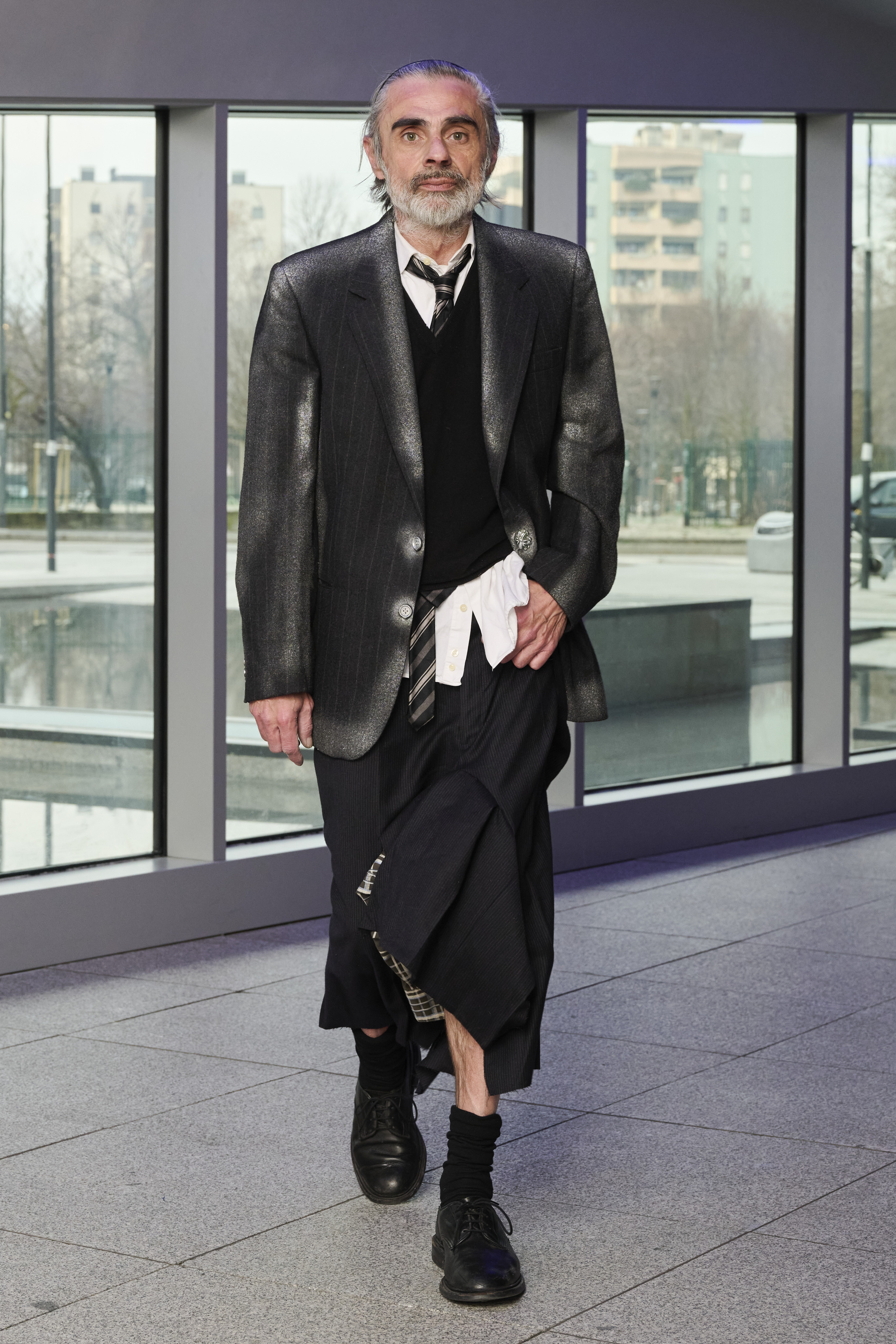
Photos courtesy of Simon Cracker
It was soon back to business as usual with the pool of neutrals and classicism that filled the reference boards of designers this season. Perhaps it’s a sign of the times that the best offerings were the one that kept shape to a seductive minimum. All in all, it turns out that not only can the Milan scene pull from archives to rework minimalism, but in one way or another it can be improved by it.
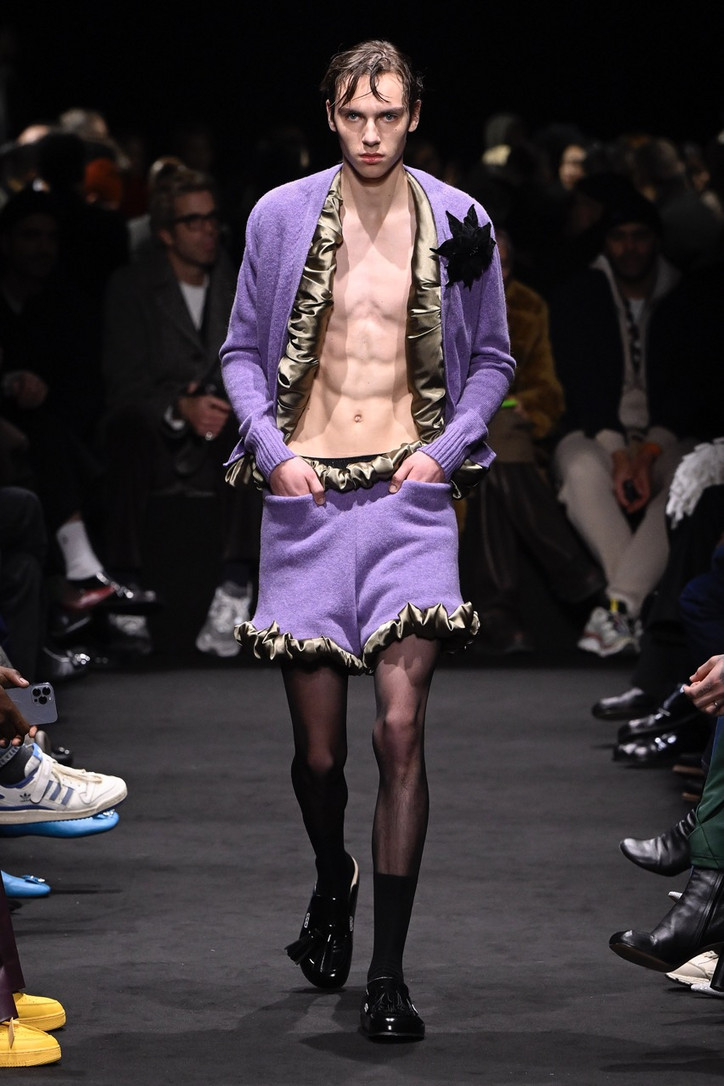
Anderson thinks there’s something quite psychological with the kind of contrasts of the two — the film itself and the imagery in the wall — which hold a very personal reference as it deals with pregnancy, breastfeeding and birth. “I thought there was something intriguing in the way Kubrick brought theatrics to the foreground, delving into the male and the female form and how the rules that can be portrayed through hemling or through the geniuses of tights, looking at how they become an amazing second skin in the purest form and, in turn, they can become a kink, but also functional,” he said, explaining his penchant for building a men’s sock into a hero piece, creating a new line. No wonder, then, that the collection mirrored an aesthetic that morphed alluringly into a profound aftermath. “It’s an odd type of homage to a film that profoundly affected me when I was younger;” explains Anderson, expanding that “If I’m doing a collection, I like to challenge myself in different ways and think how to approach them in a wealth of manners.” The idea of volume or power dressing in the womenswear arena — like the asymmetrically cut velvet onesie and the color red — is an imperative element in the film, acting like a point setter to Anderson’s vision for Fall, who doesn't abandon his chic-grit kick. “Red?” he grins momentarily, “[It feels] like one of those flowers that I find incredibly disgusting, but then there’s something that holds some sort of toxicity to it, like the idea that it can transform into a look stripped to its rawest form: which could be a sweater with the zip, a flower or tights. My intention here was to engineer movement and, through the lineup, subtle promiscuity which ultimately boiled down to a form of classicism as inspiration of gesture. For me, this collection had to be about gestures and the subversive act it makes.”
In the Anderson theater of fashion communications, suspension of disbelief is essential. “The shoes had different sizes of tassels, nearly like a perfume bottle on the women’s numbers, while it was more blown up on the men’s offerings, epitomizing an overt sign of masculinity on a brogue and in a weird way it makes it much more camp,” he said. The saving grace of this busy, multi-referential eclecticism is that Anderson has it all so under control. These days, he will tinge his sensibility with a wacky glamor that allows a lovely sense of nakedness beneath. Best in show? Puffy cardigans and bloomers with satin linings peep out like cushions or curtains which, as seen from a wide angle, flow with blazers that are blown up and out of scale. There was no shortage of stellar effects: the evidence included shirts that were distorted with humongous sleeves, while trousers and jumpers were over-scaled. The body was trapped in oddly placed sleeves, and textures became juxtaposed. After years of helming the brand, Anderson has perfected his dive into the outlandish.

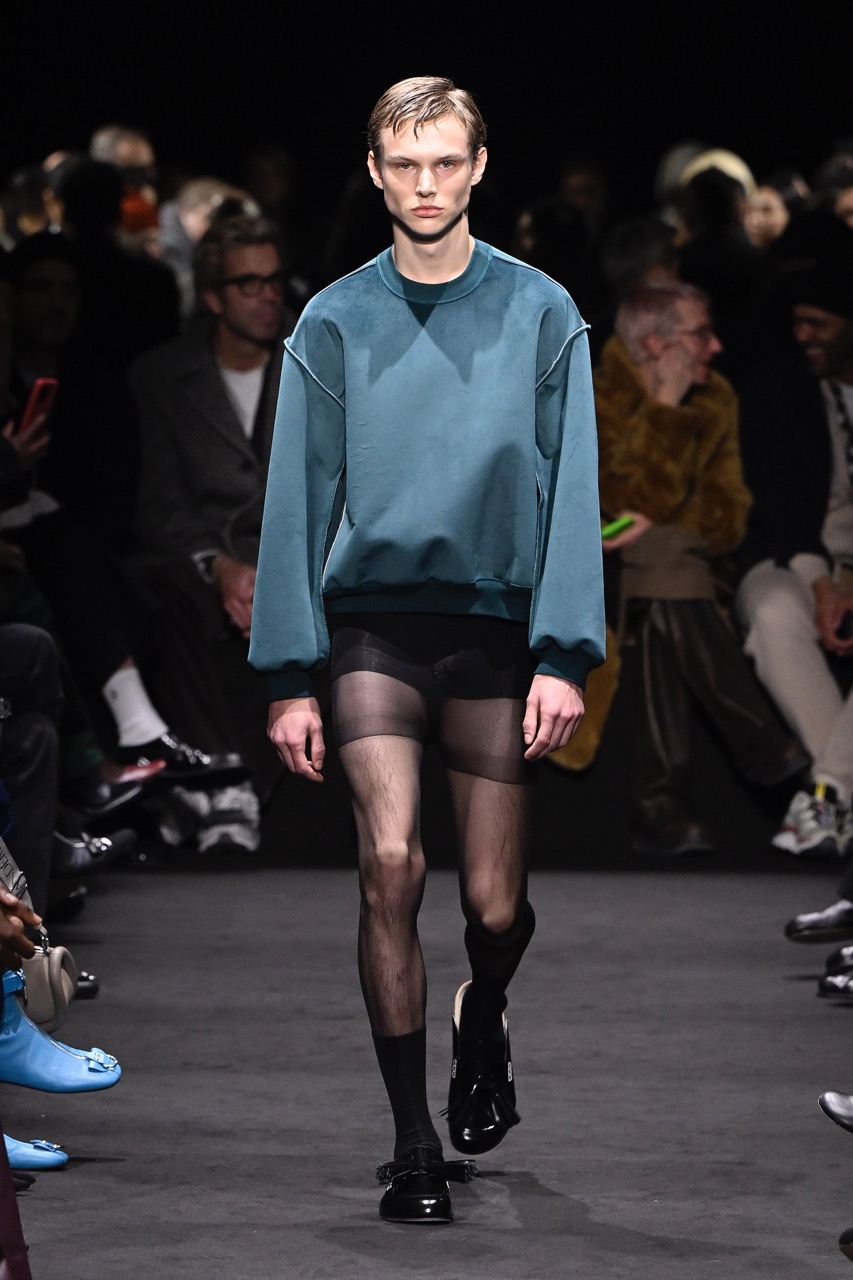

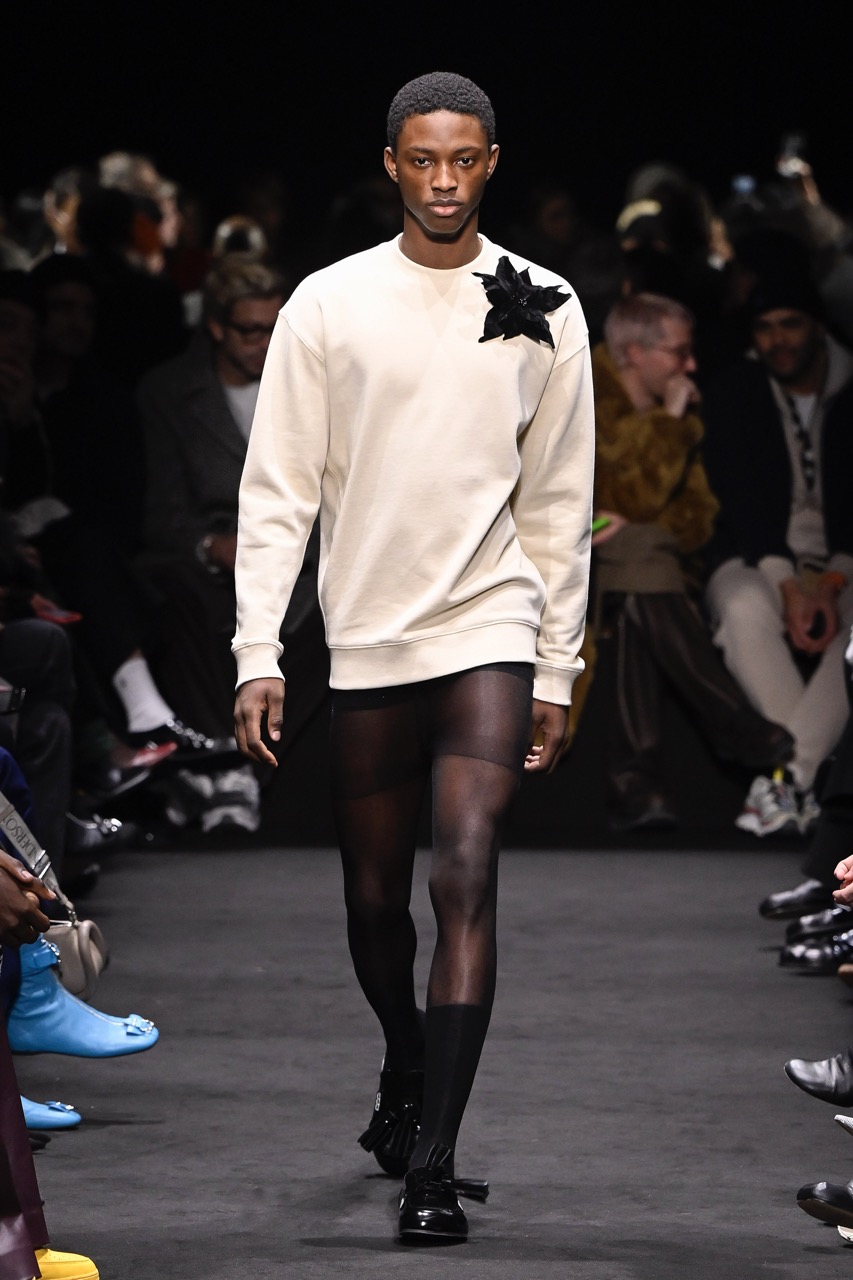
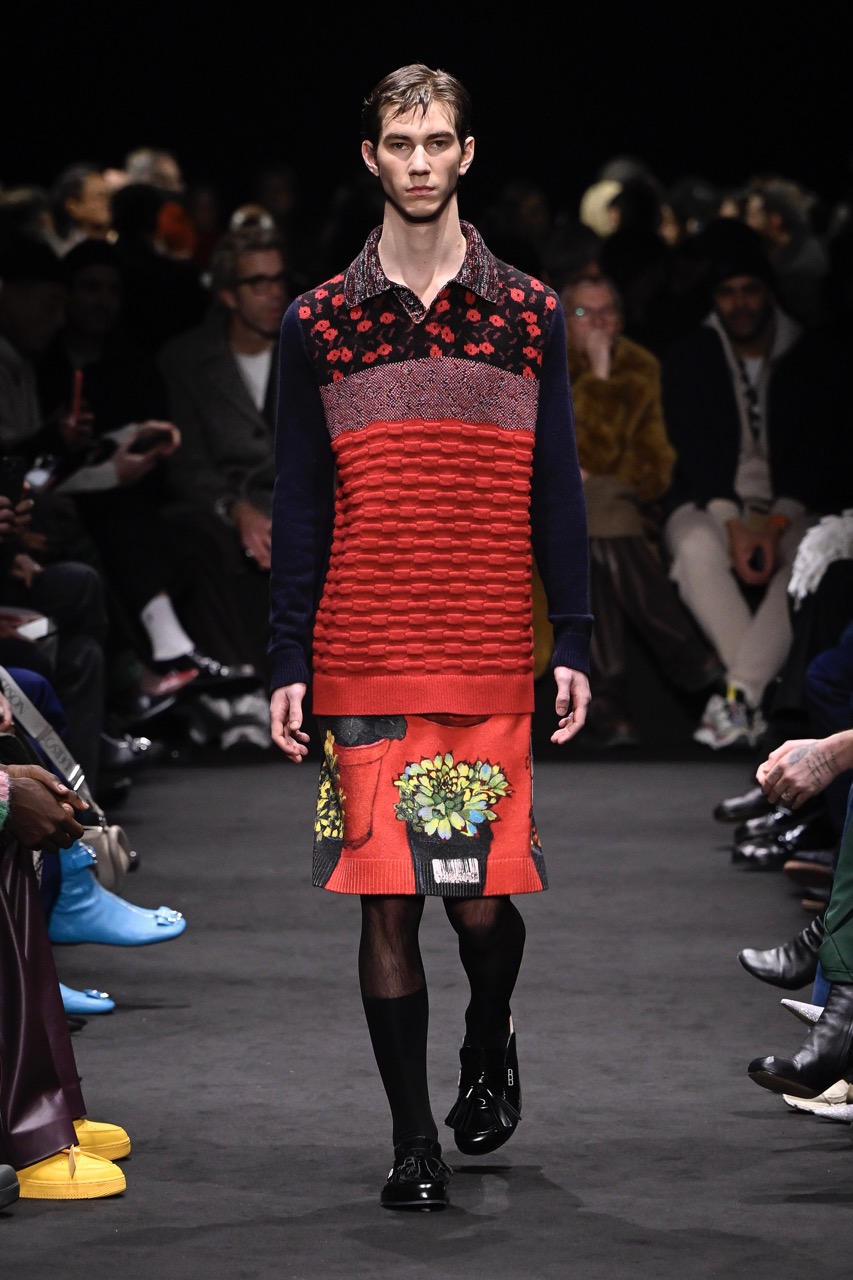
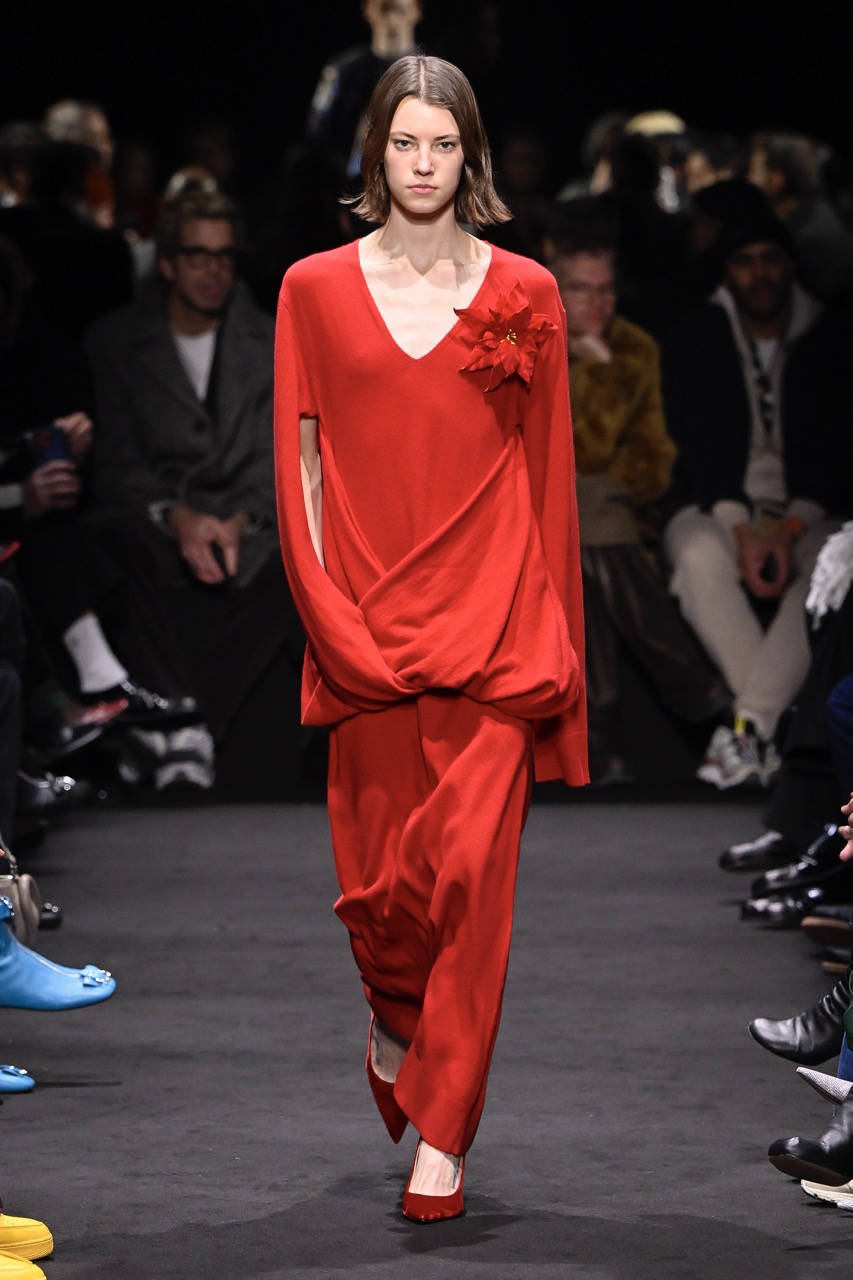

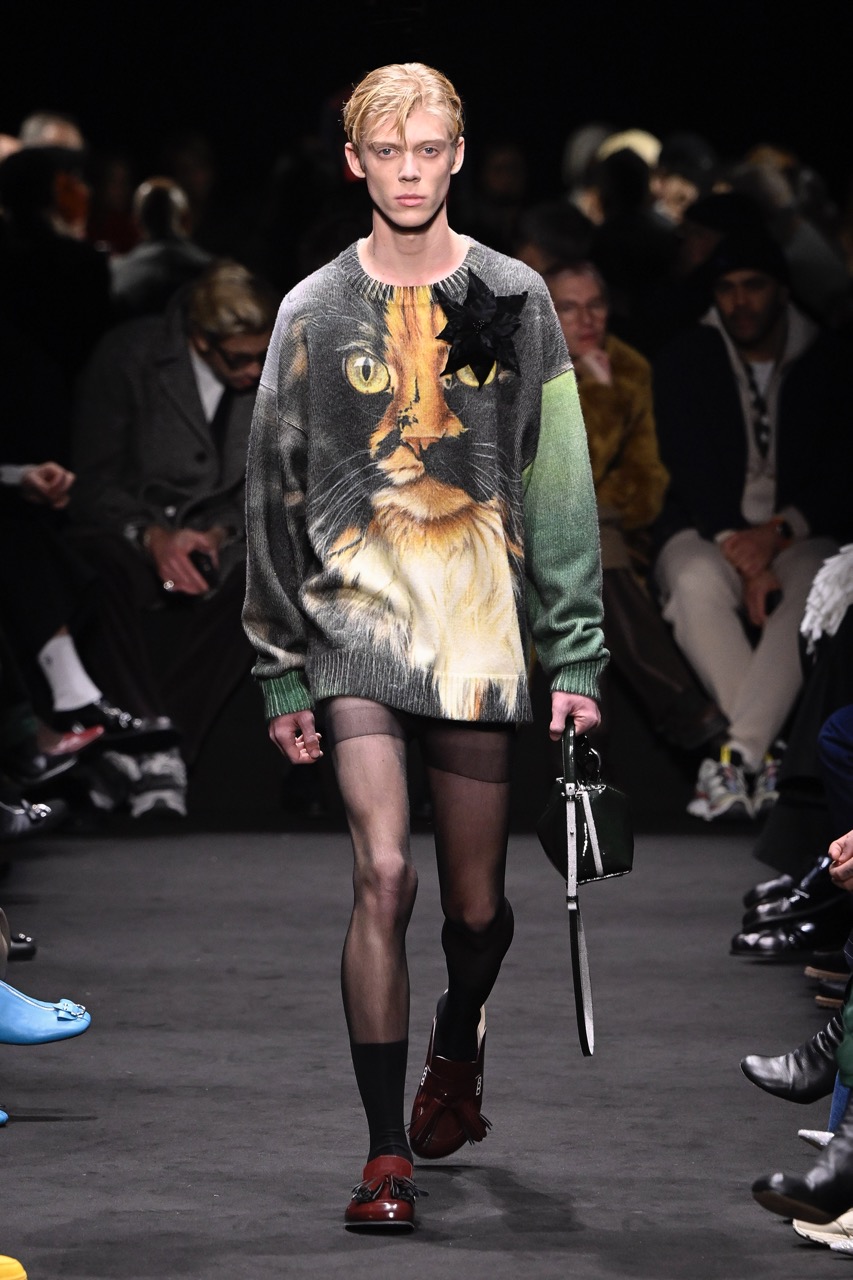
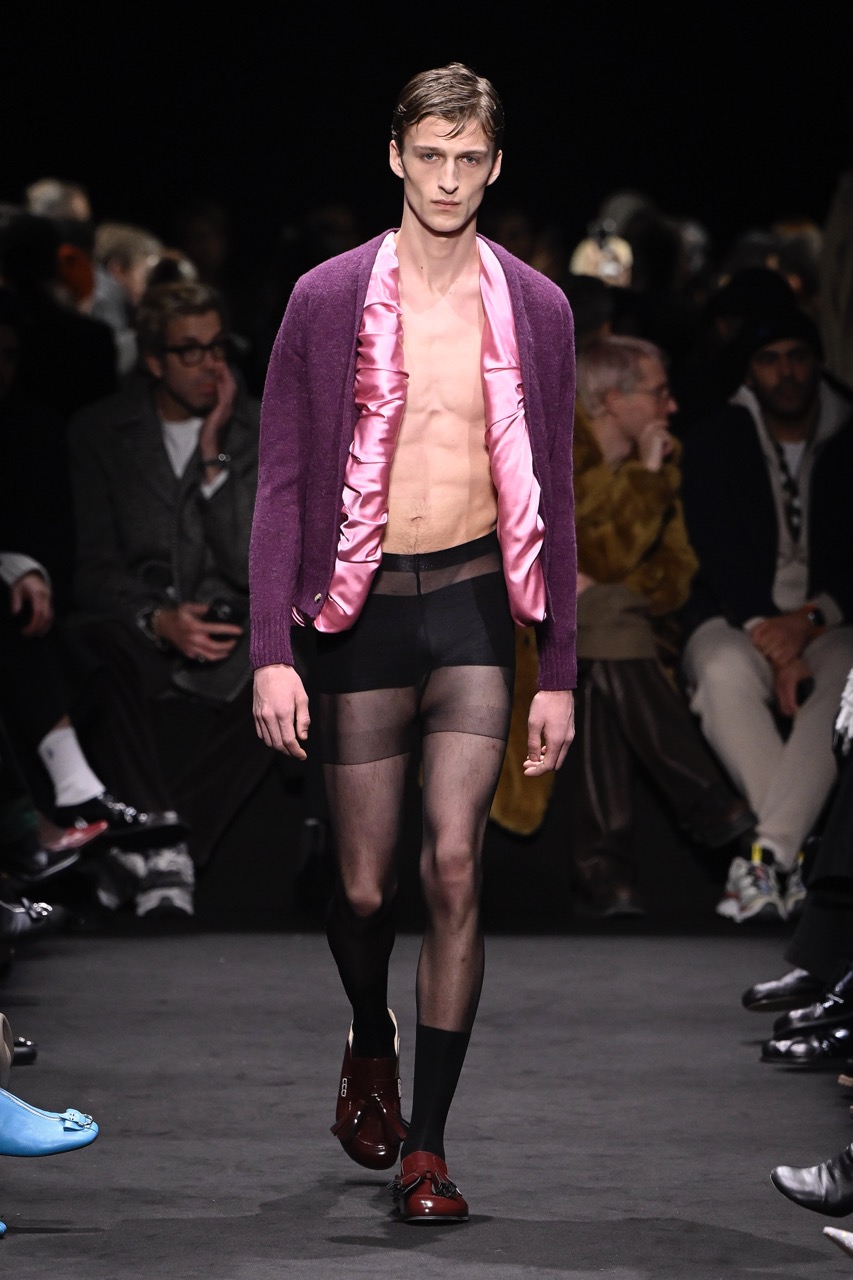
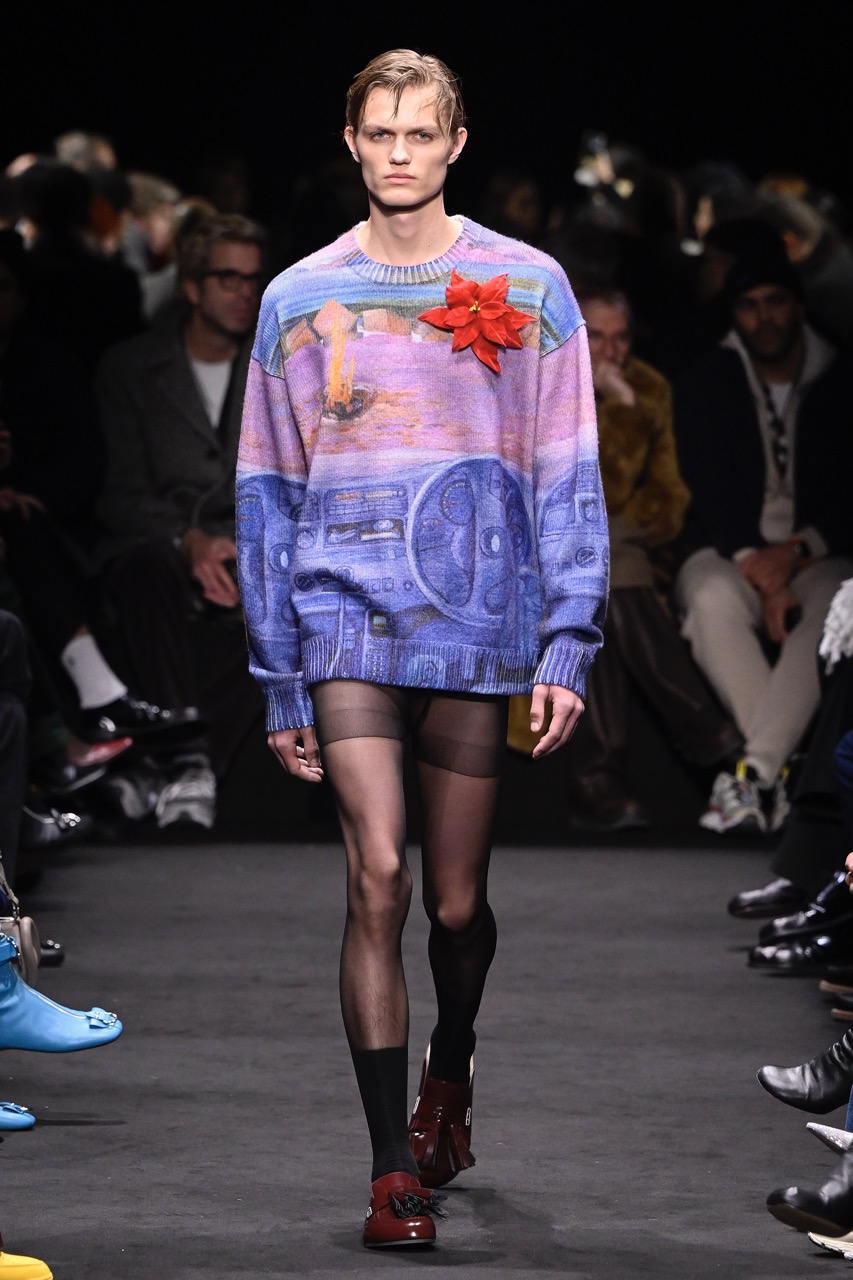
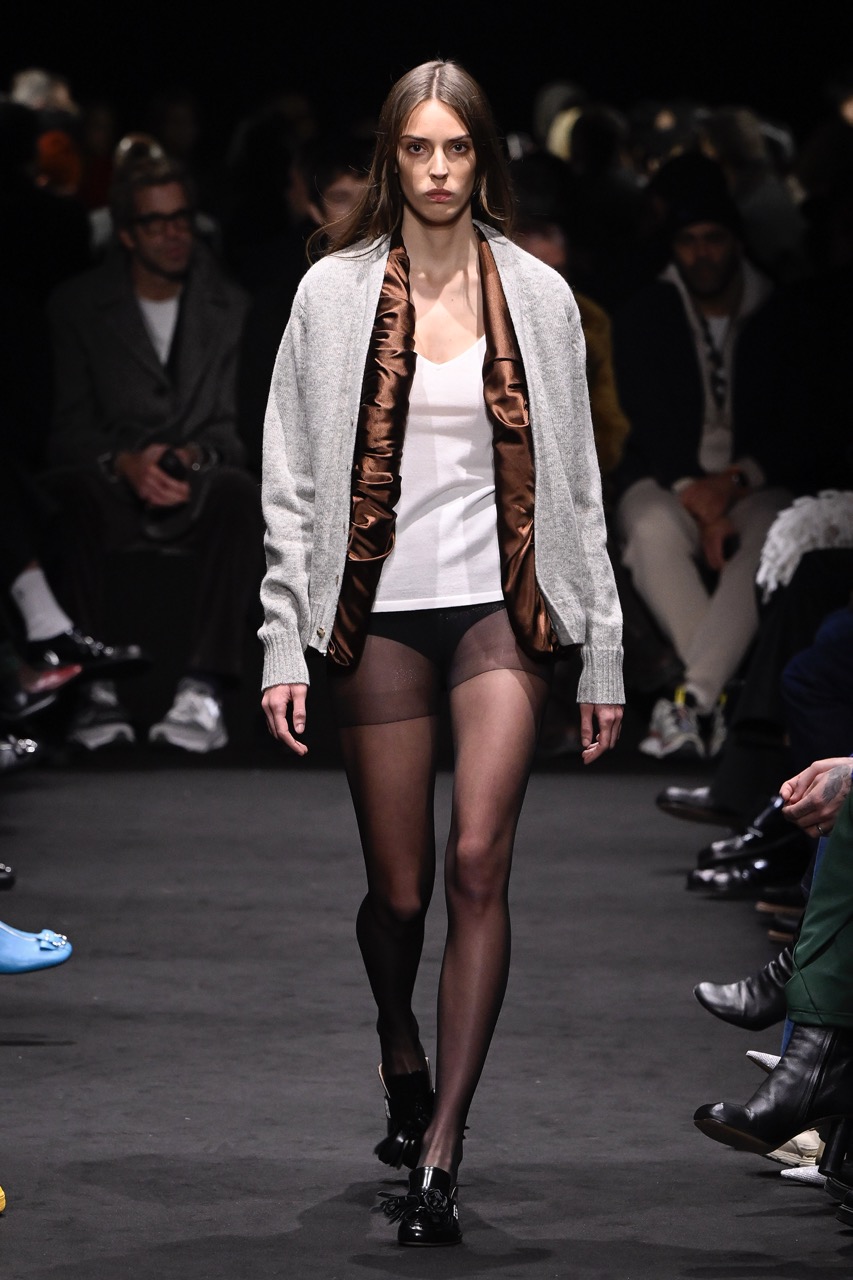
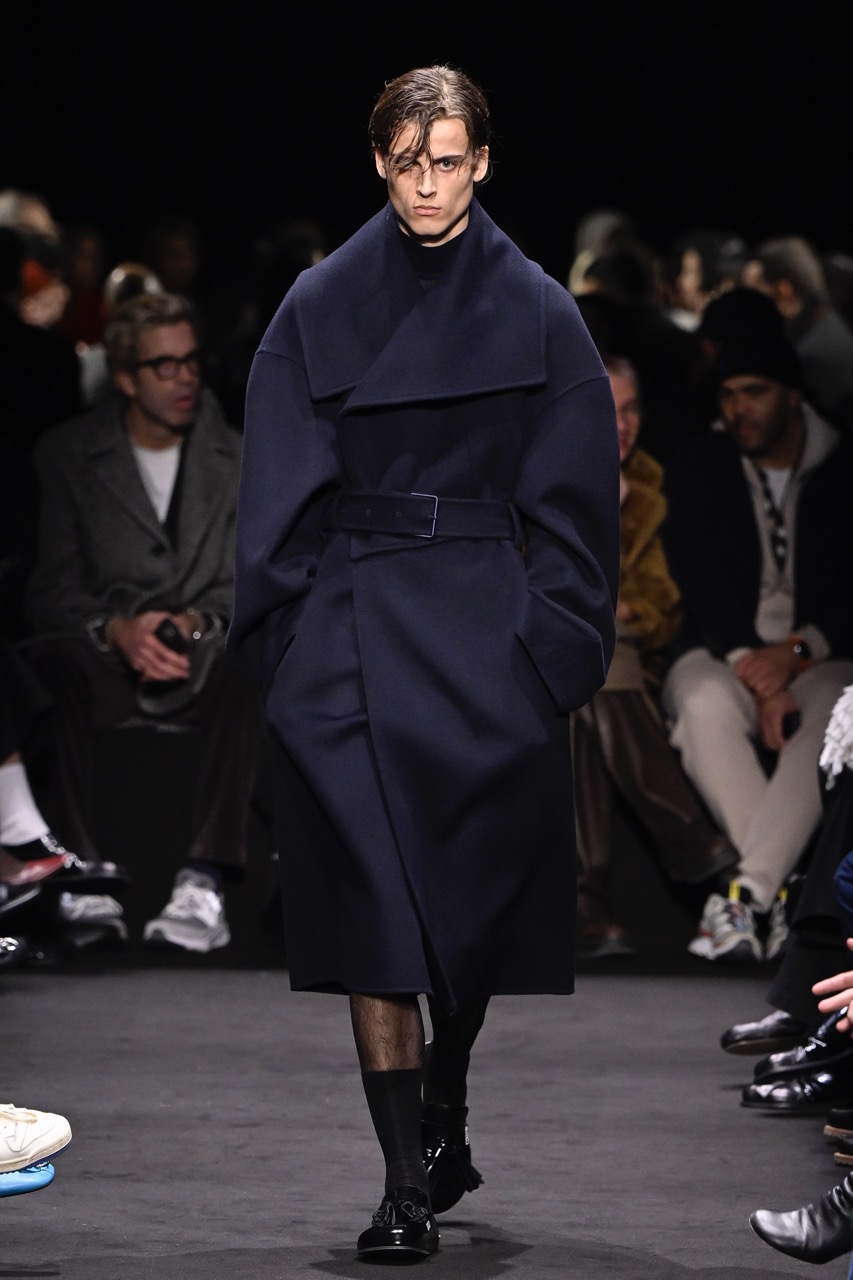
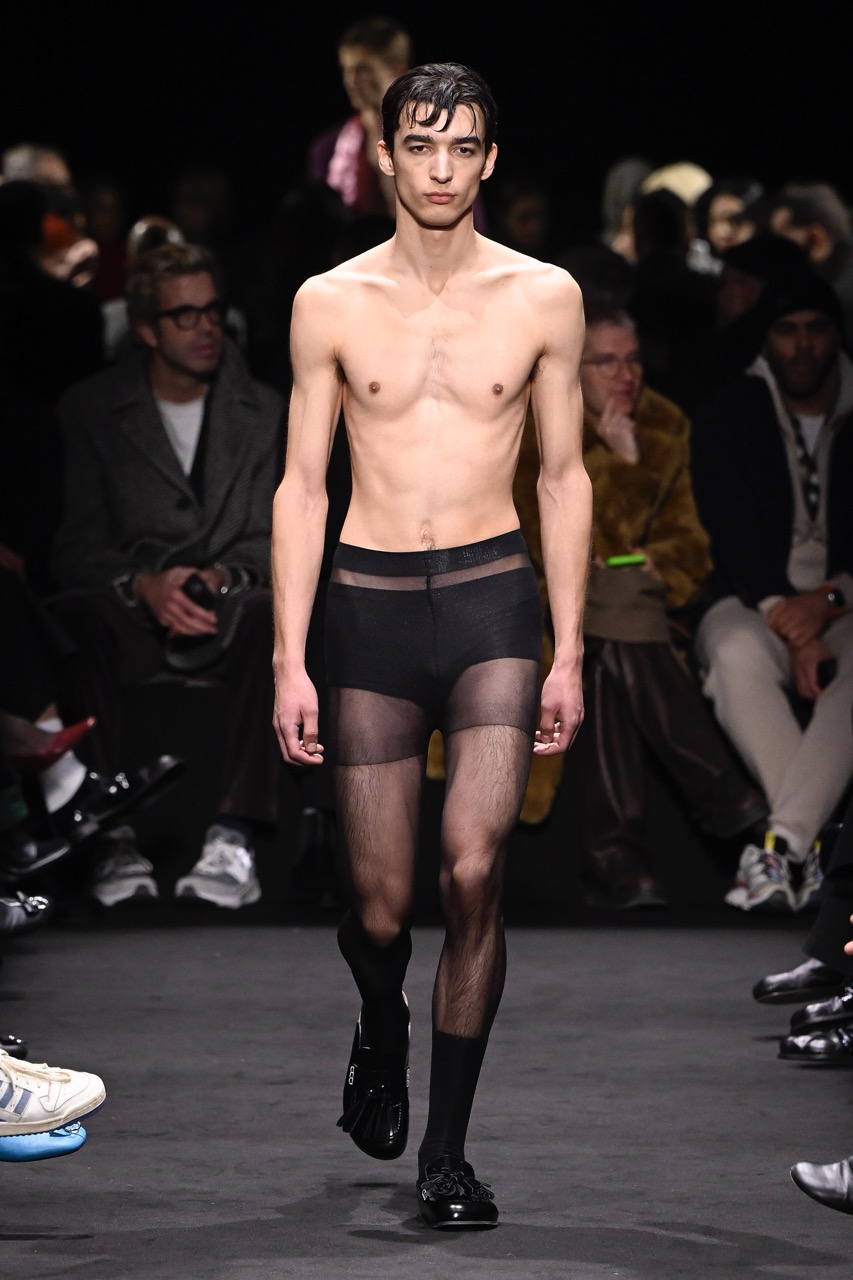
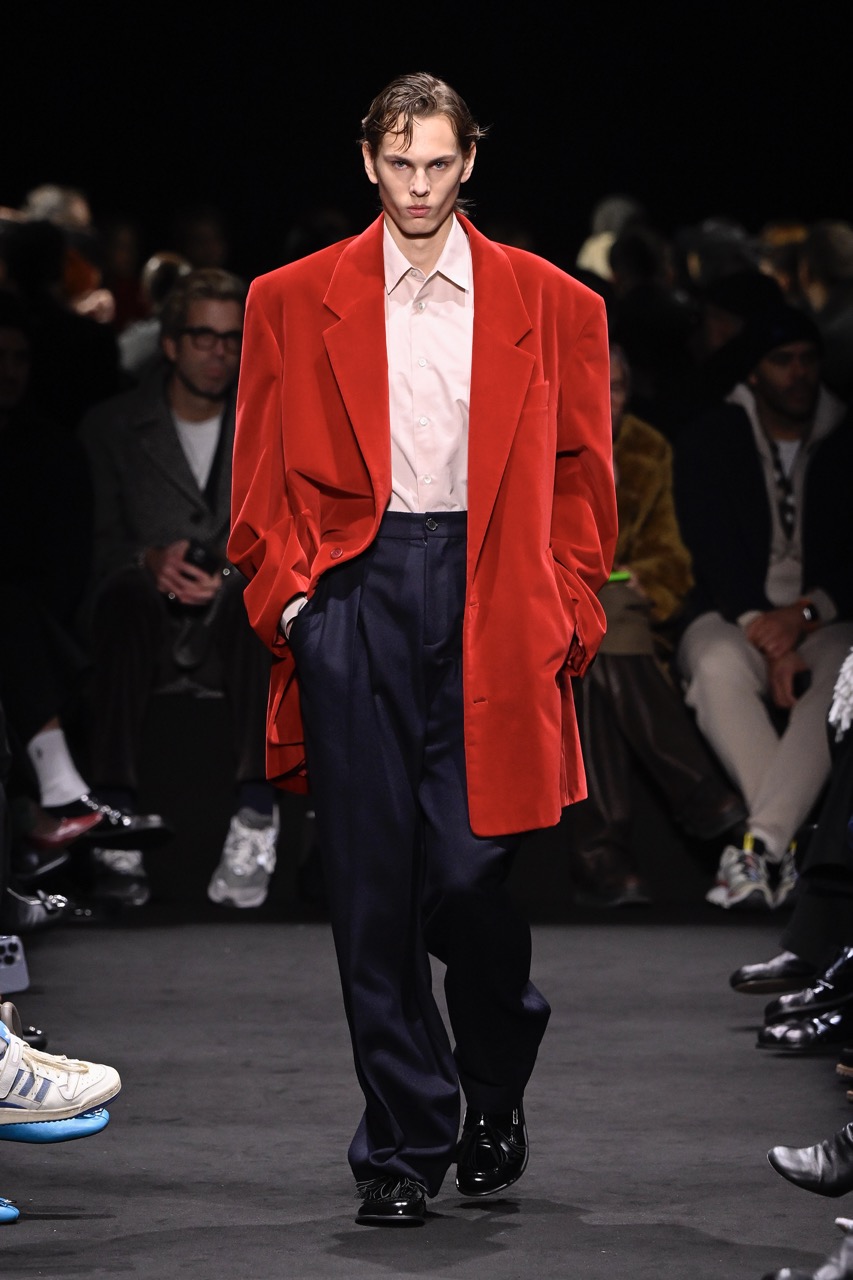
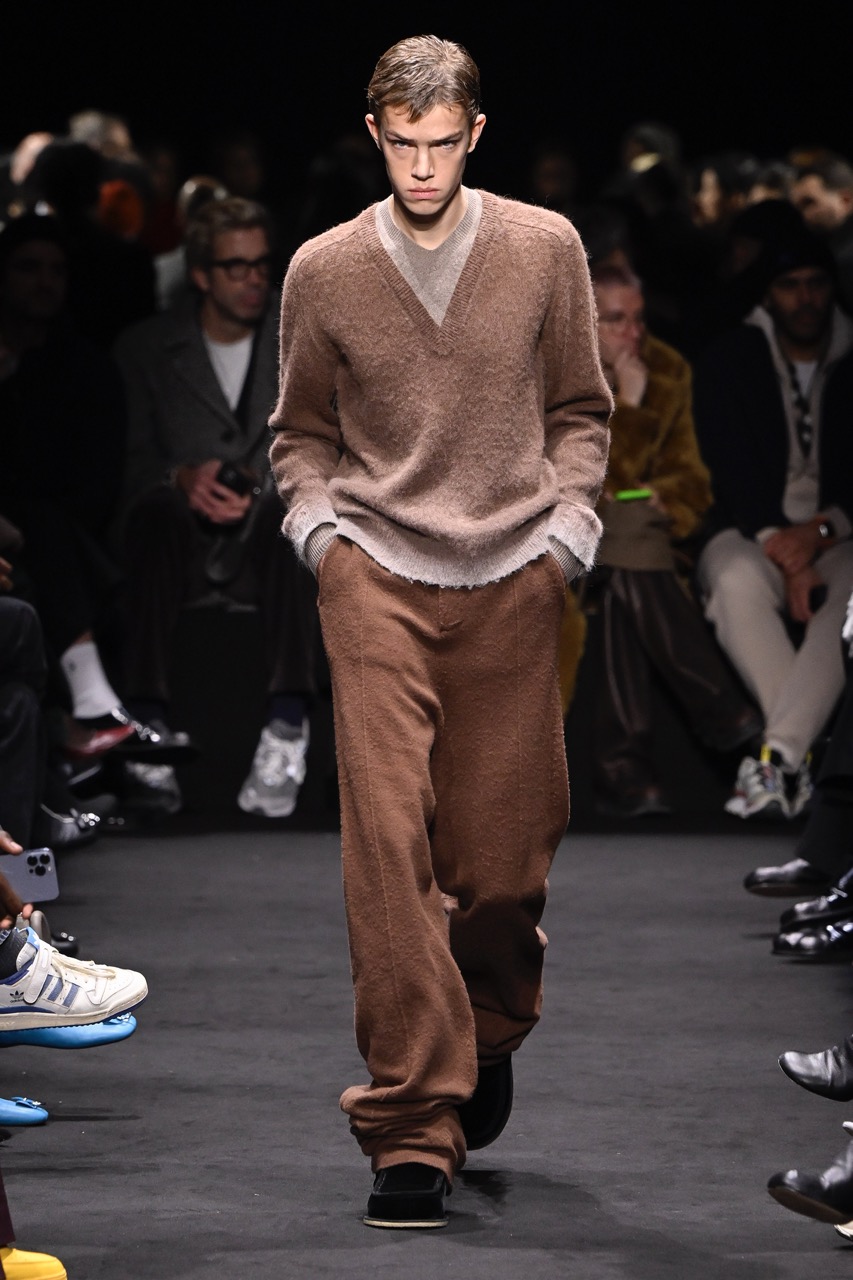
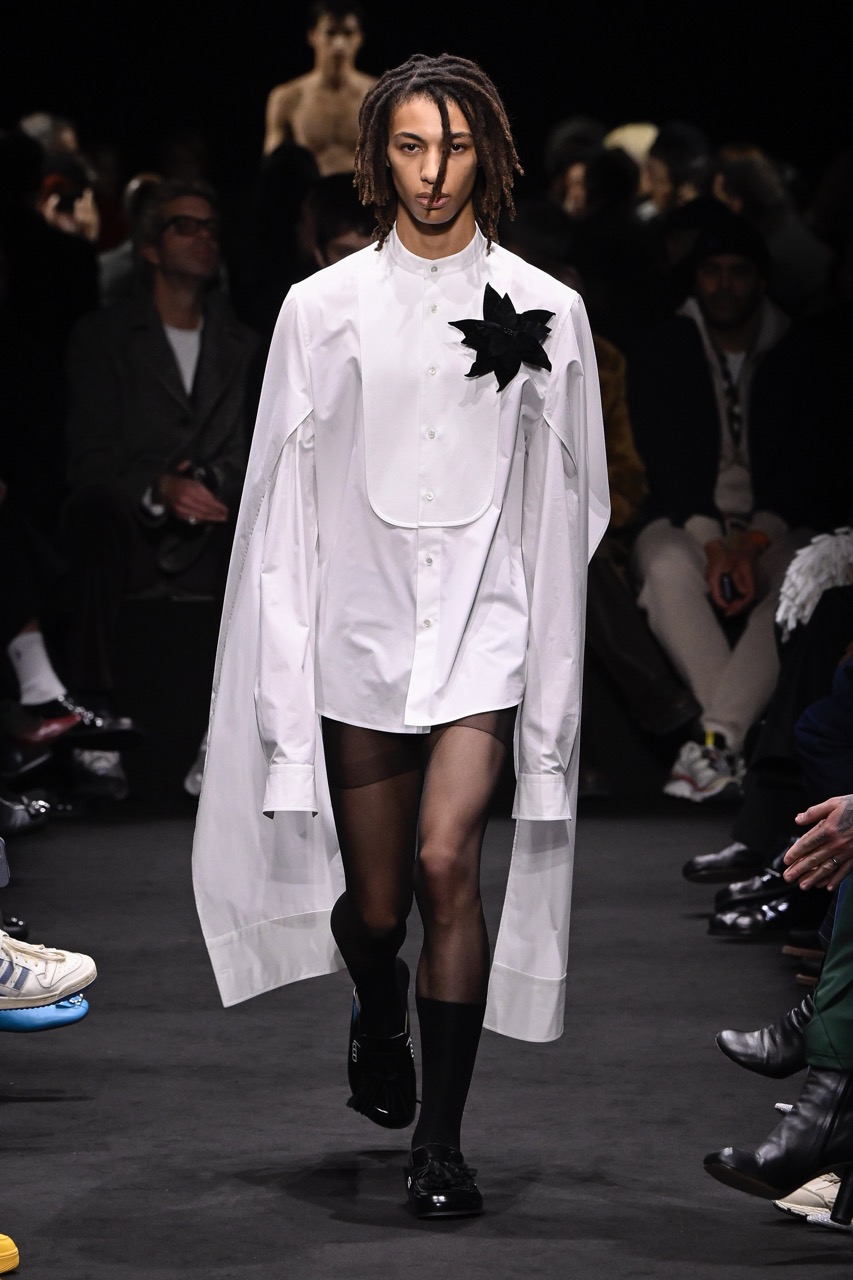
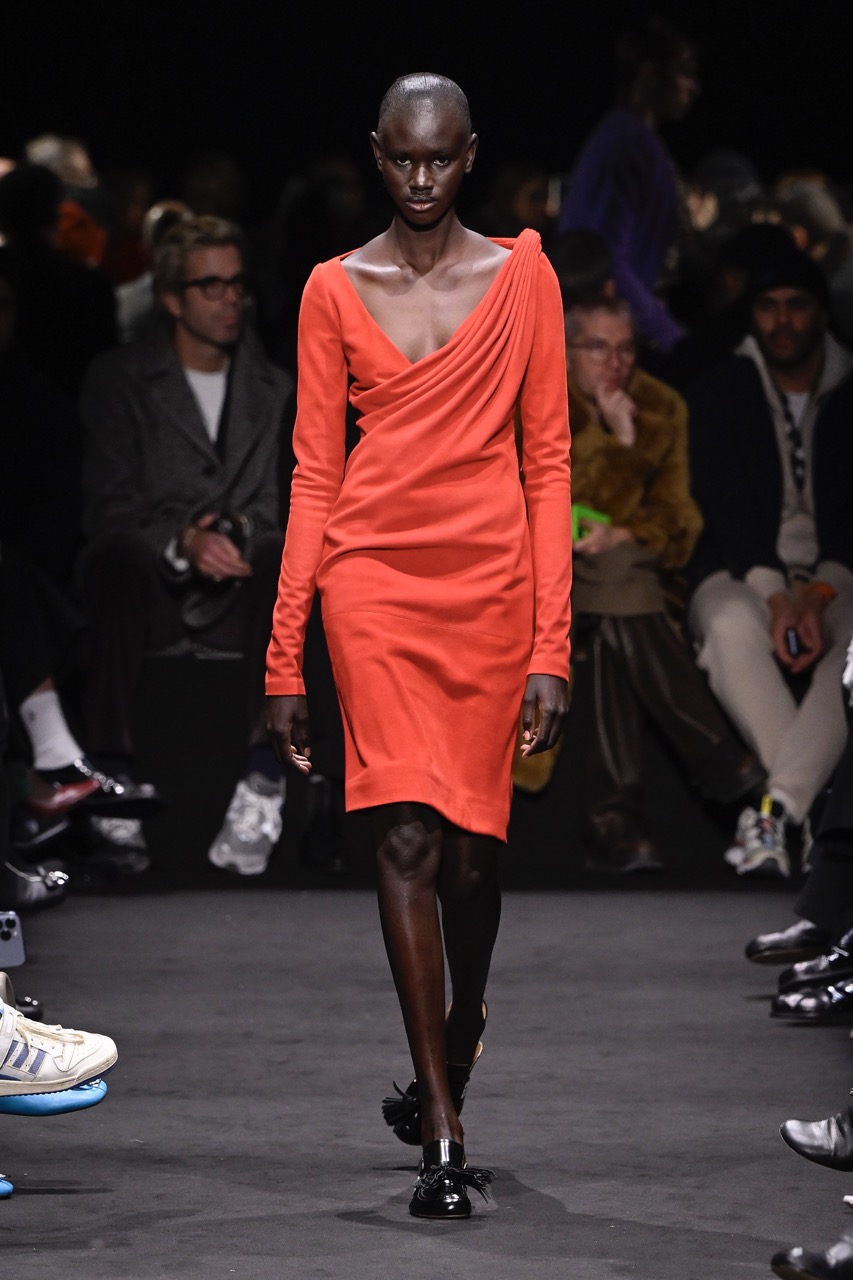
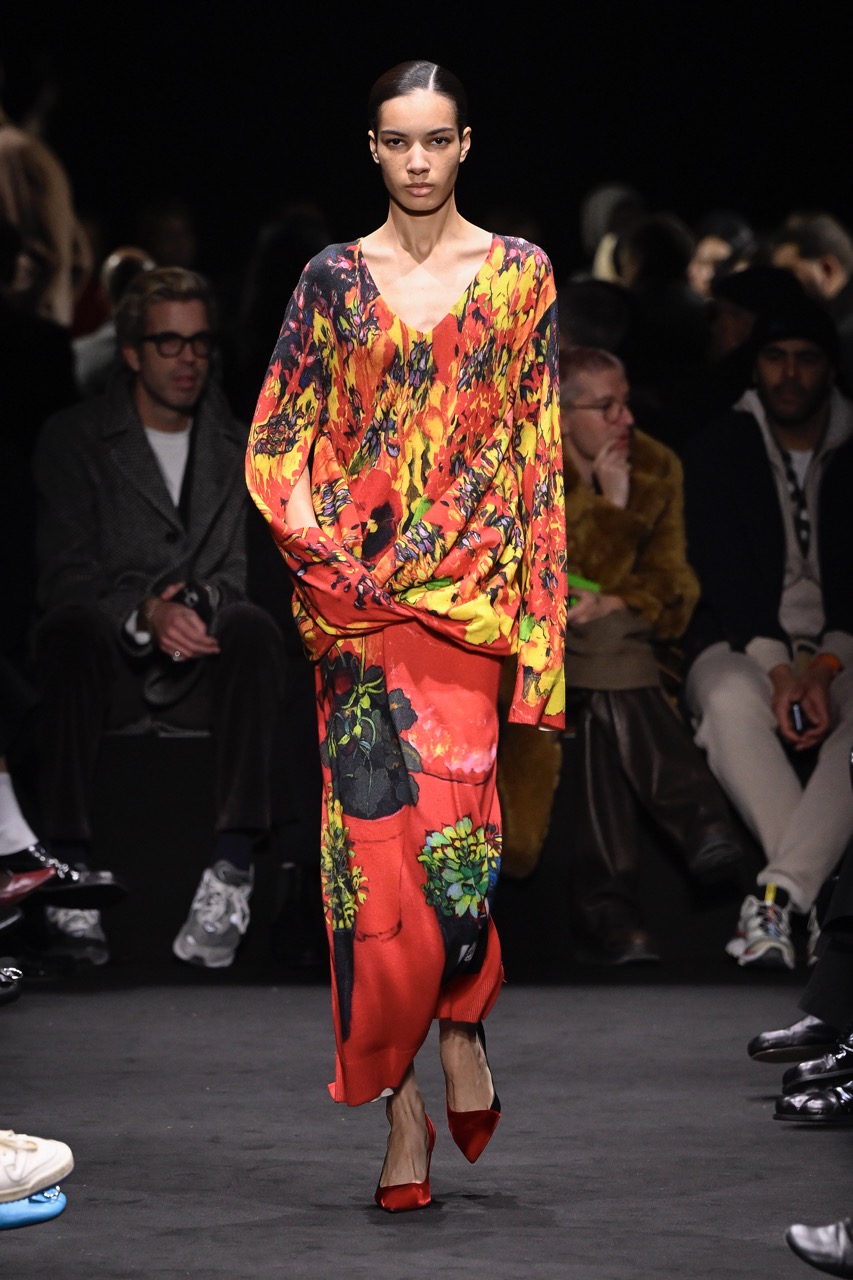
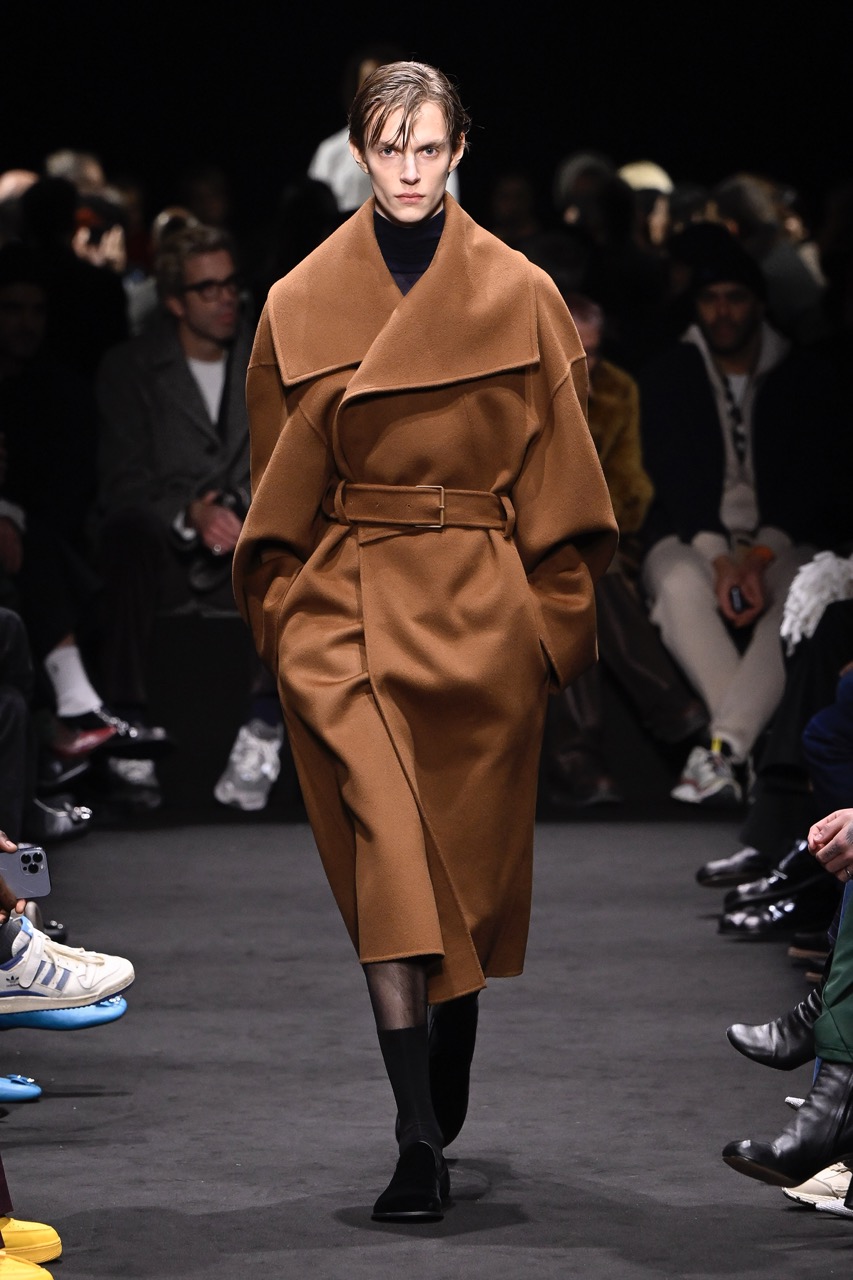

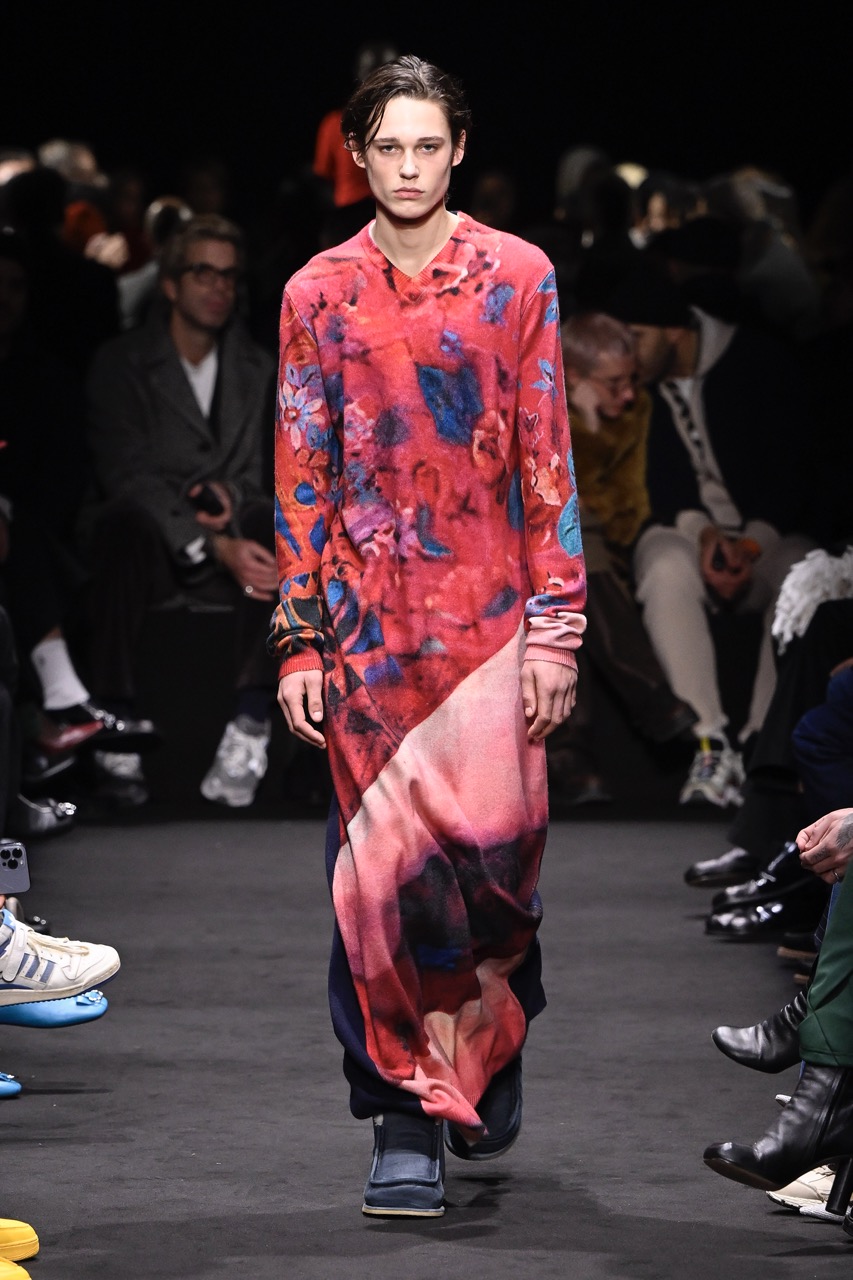
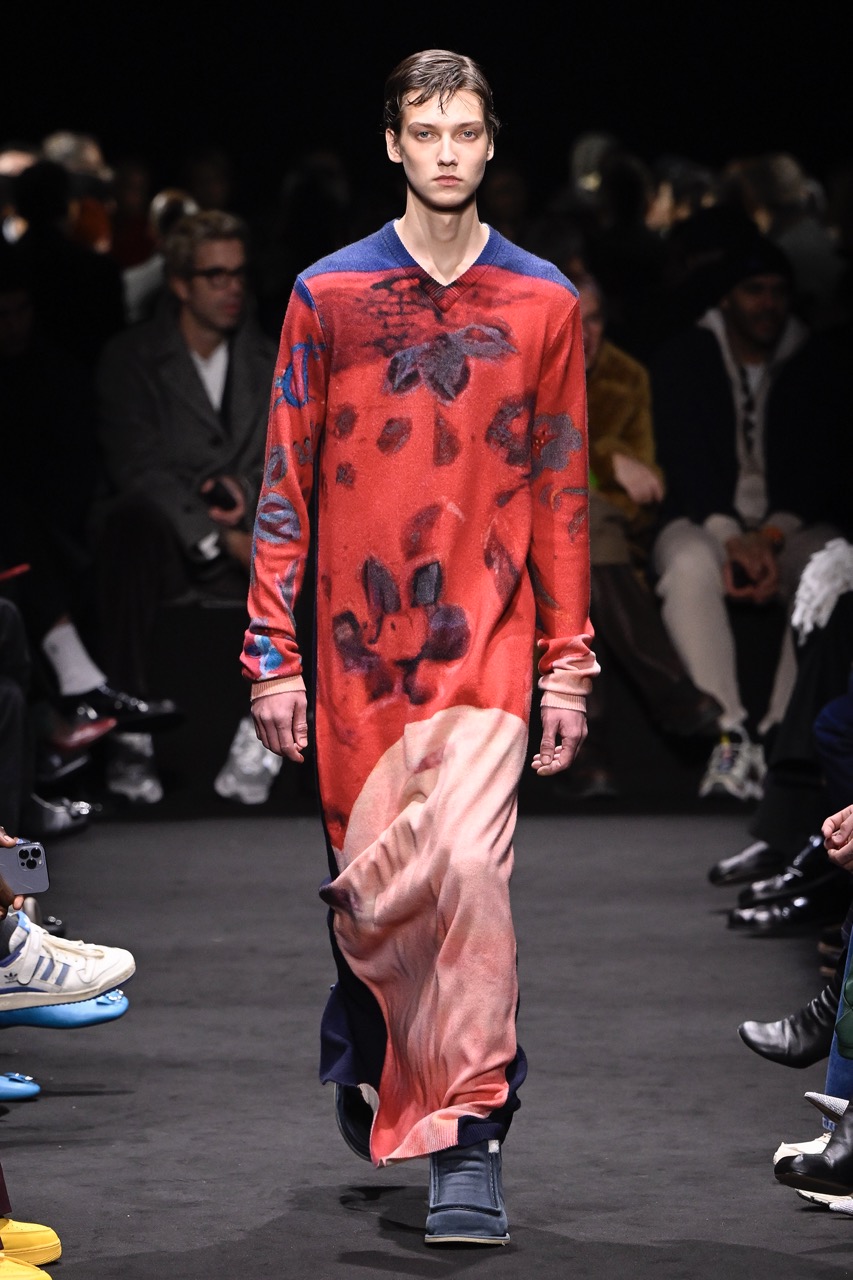
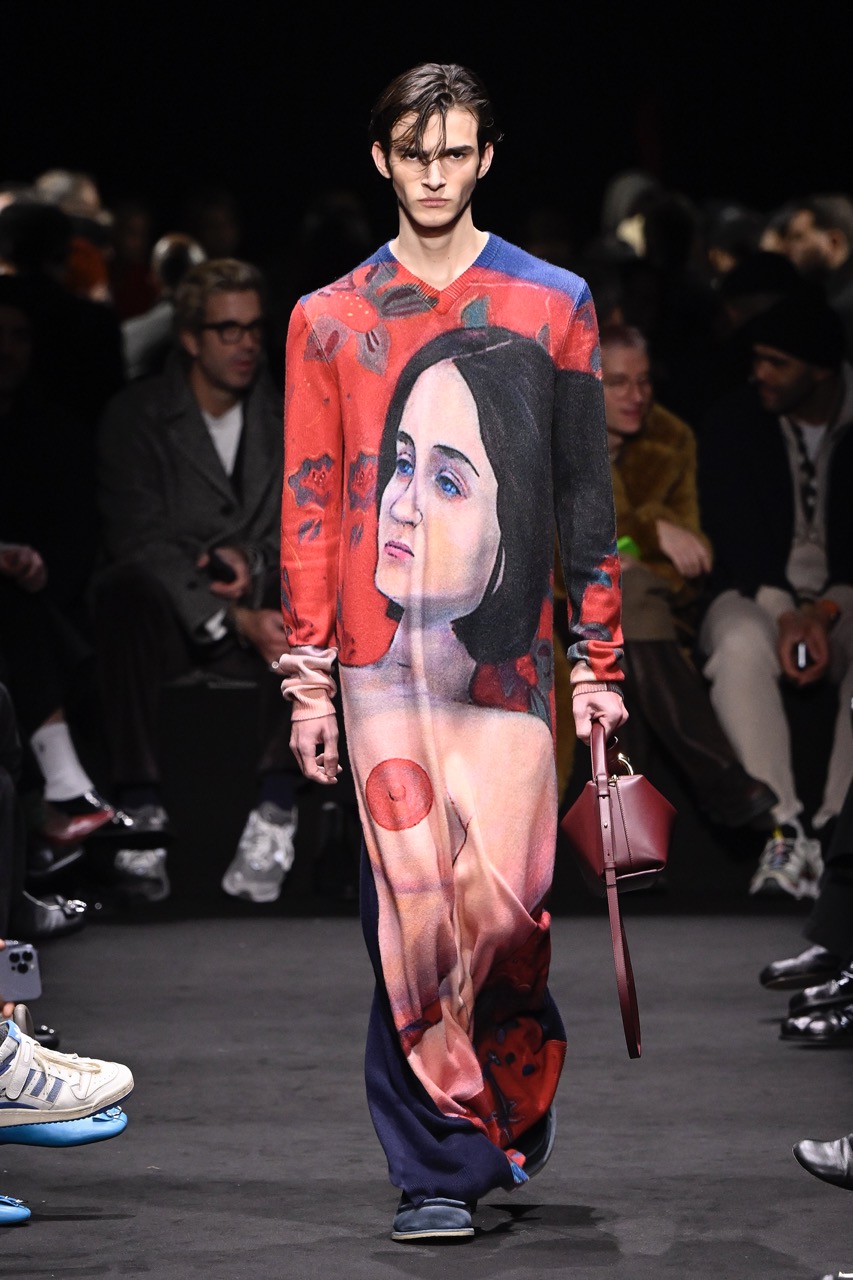
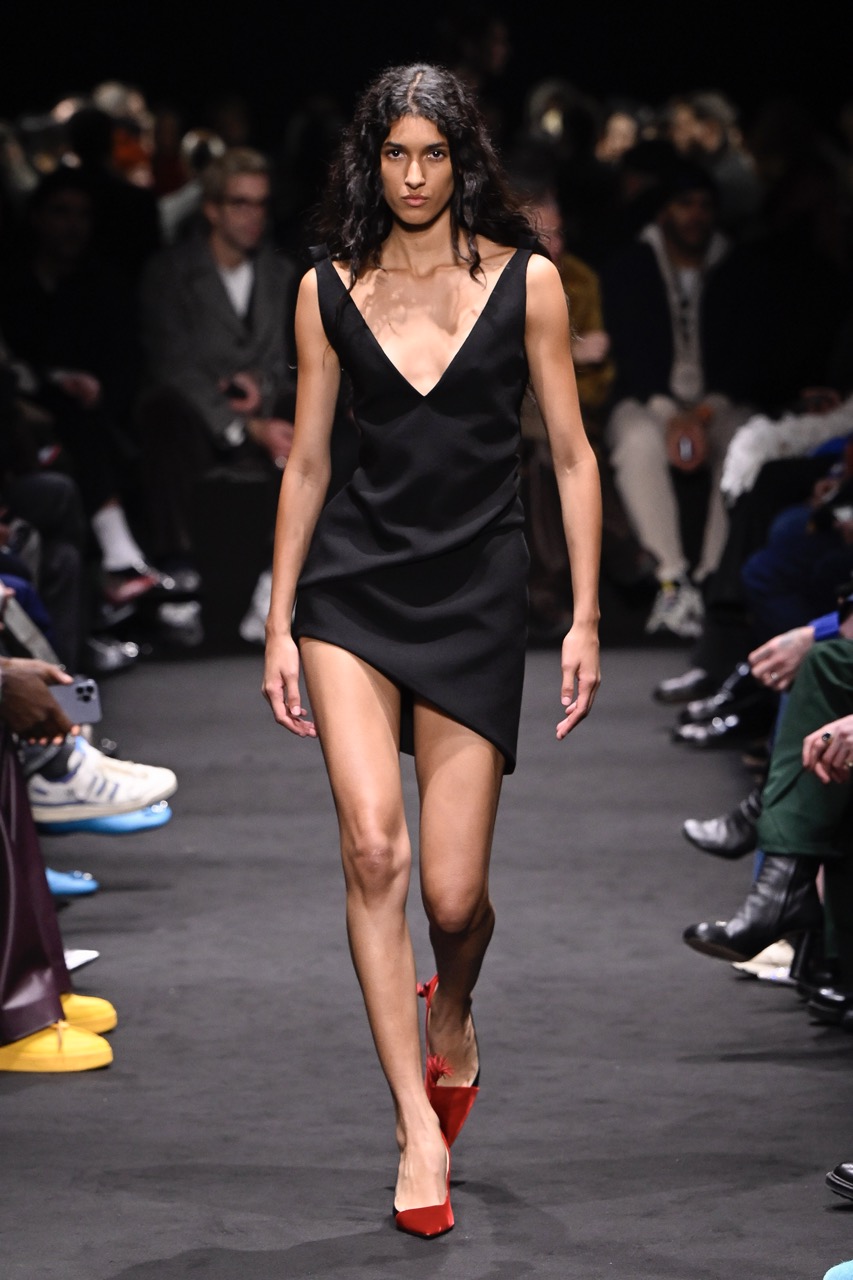
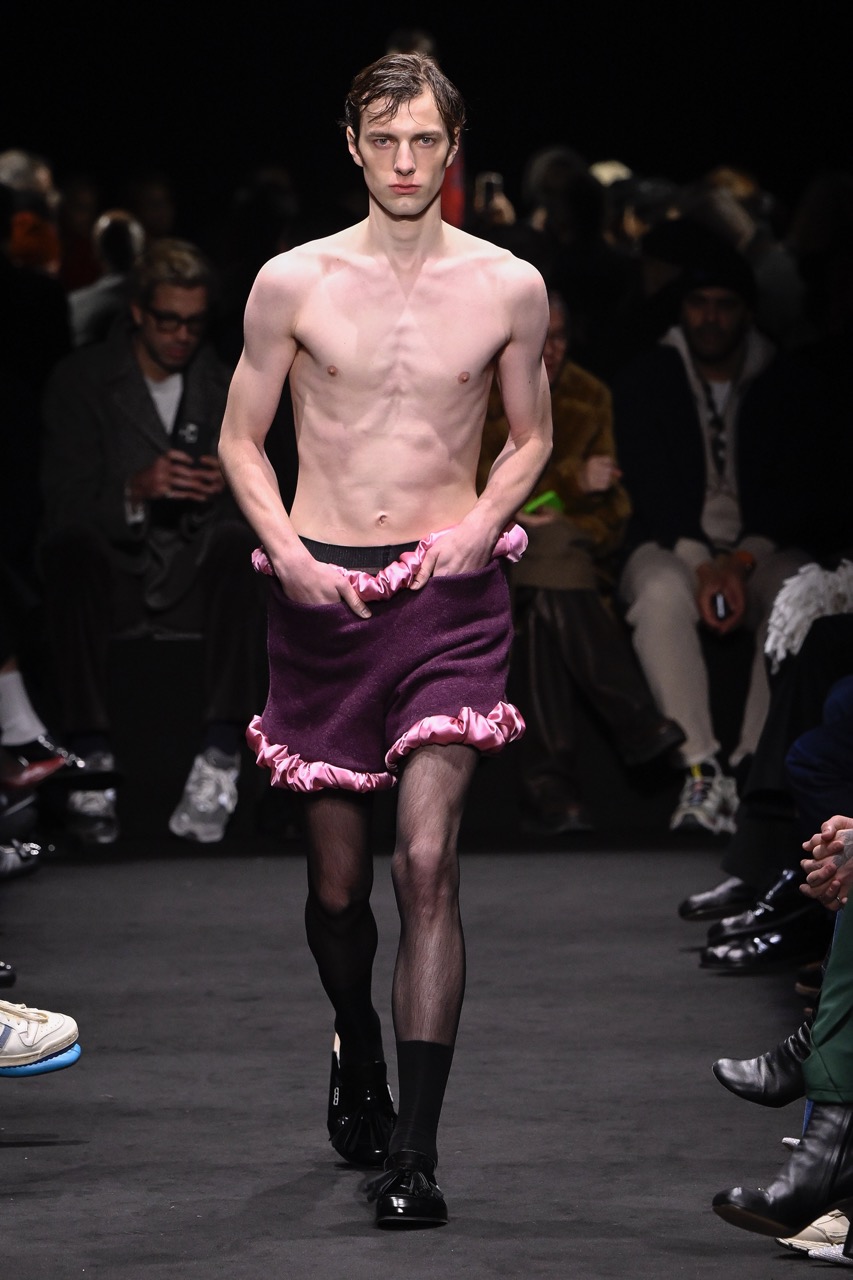


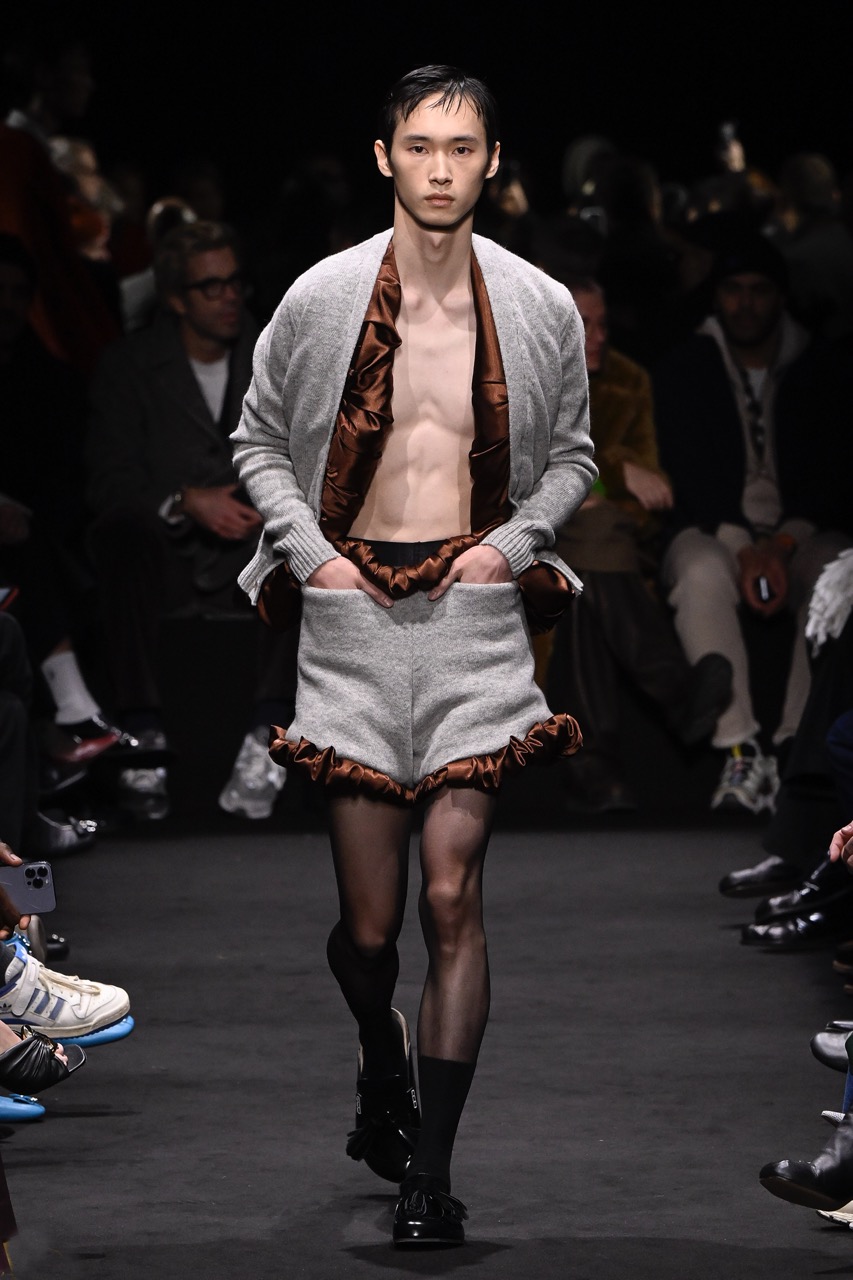
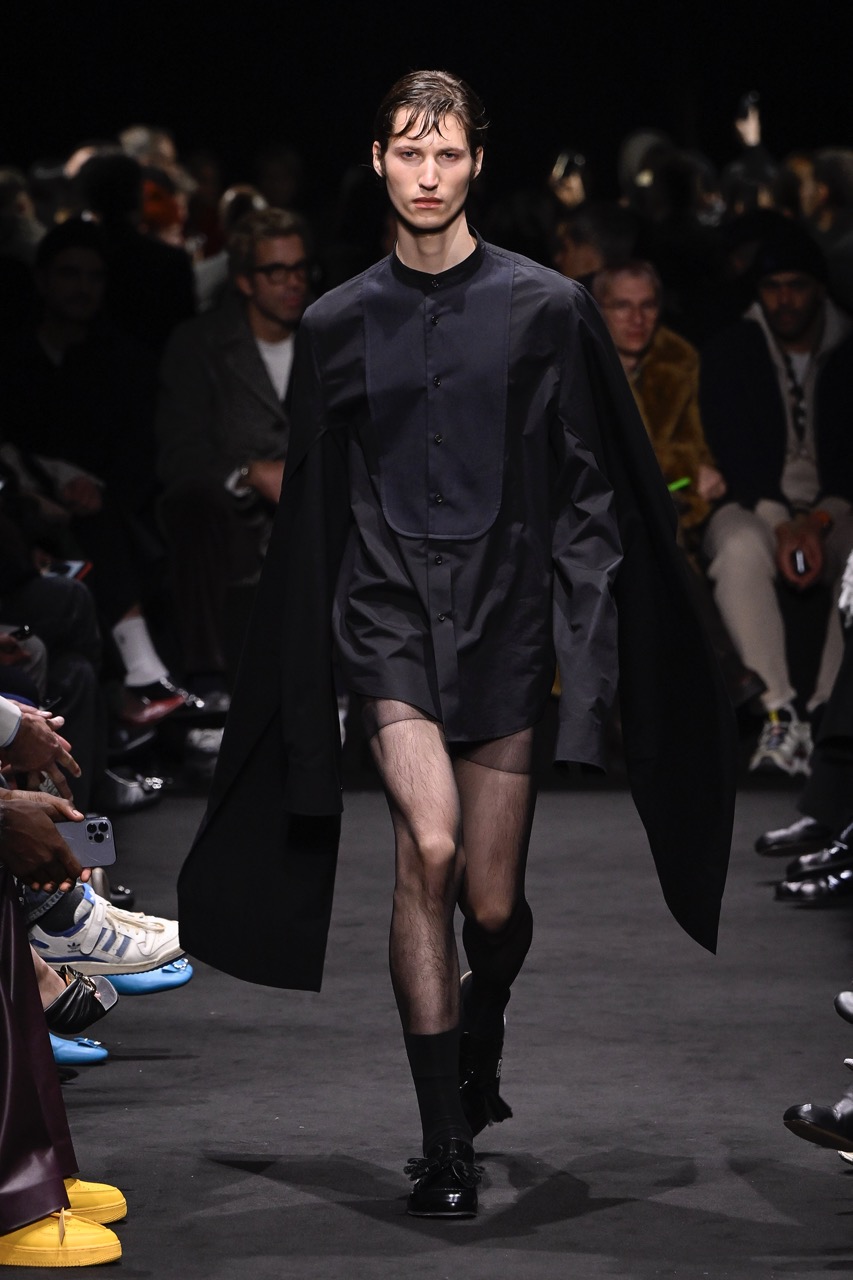
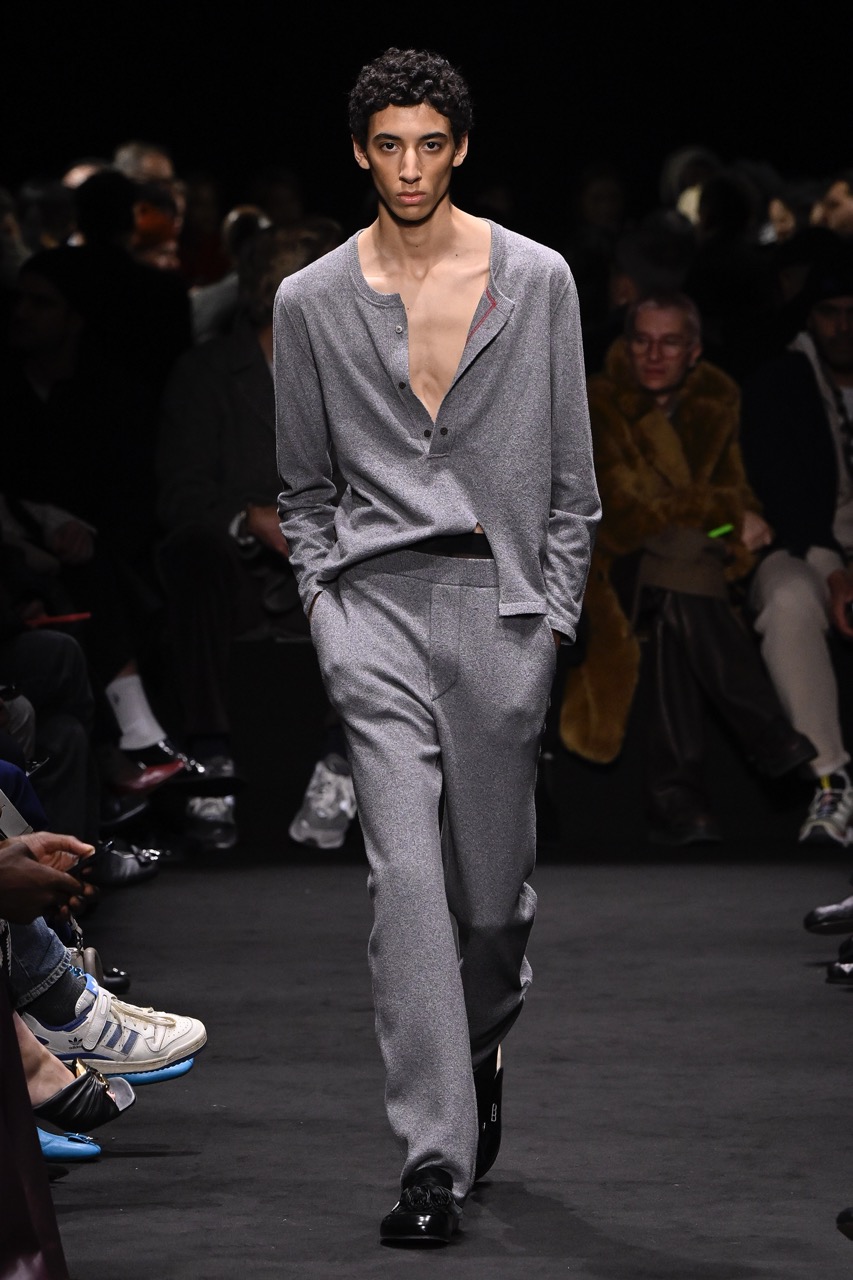
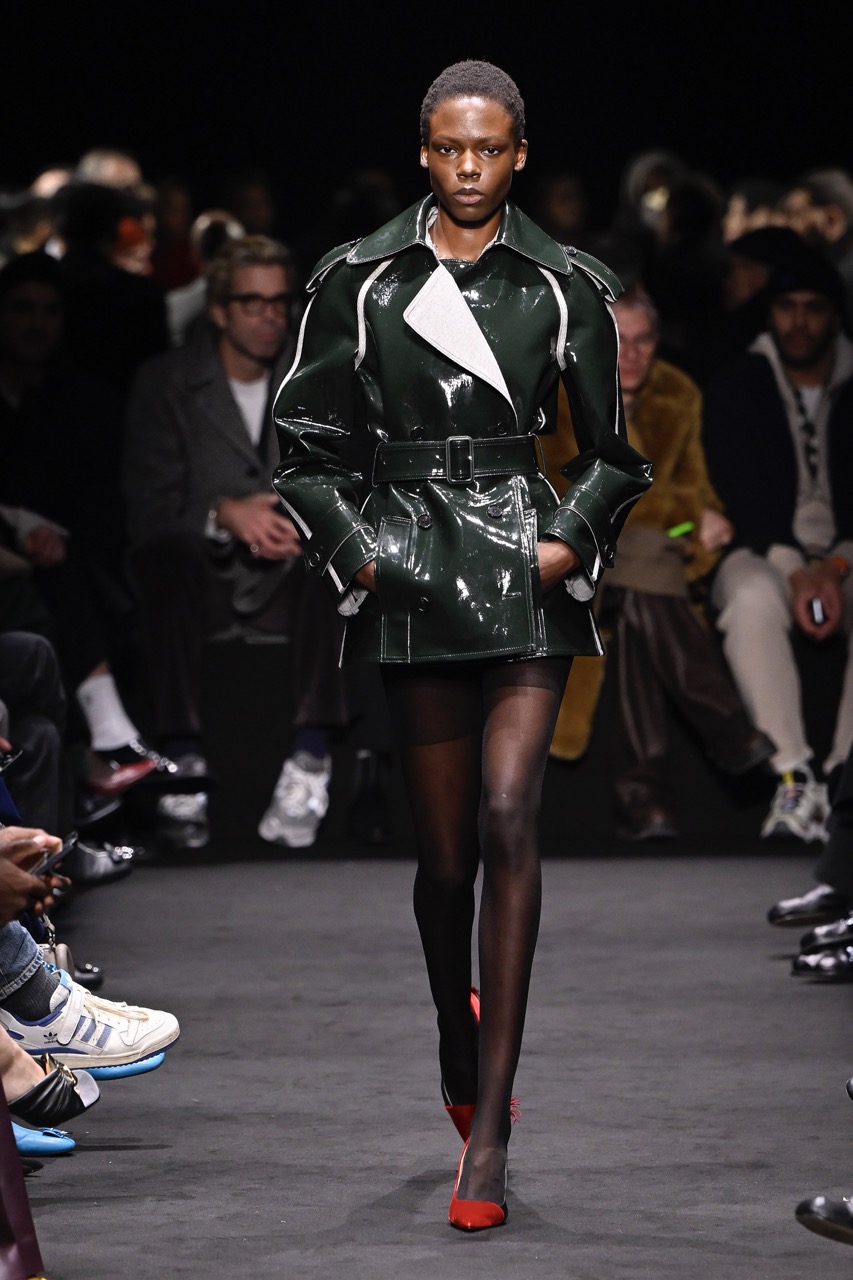
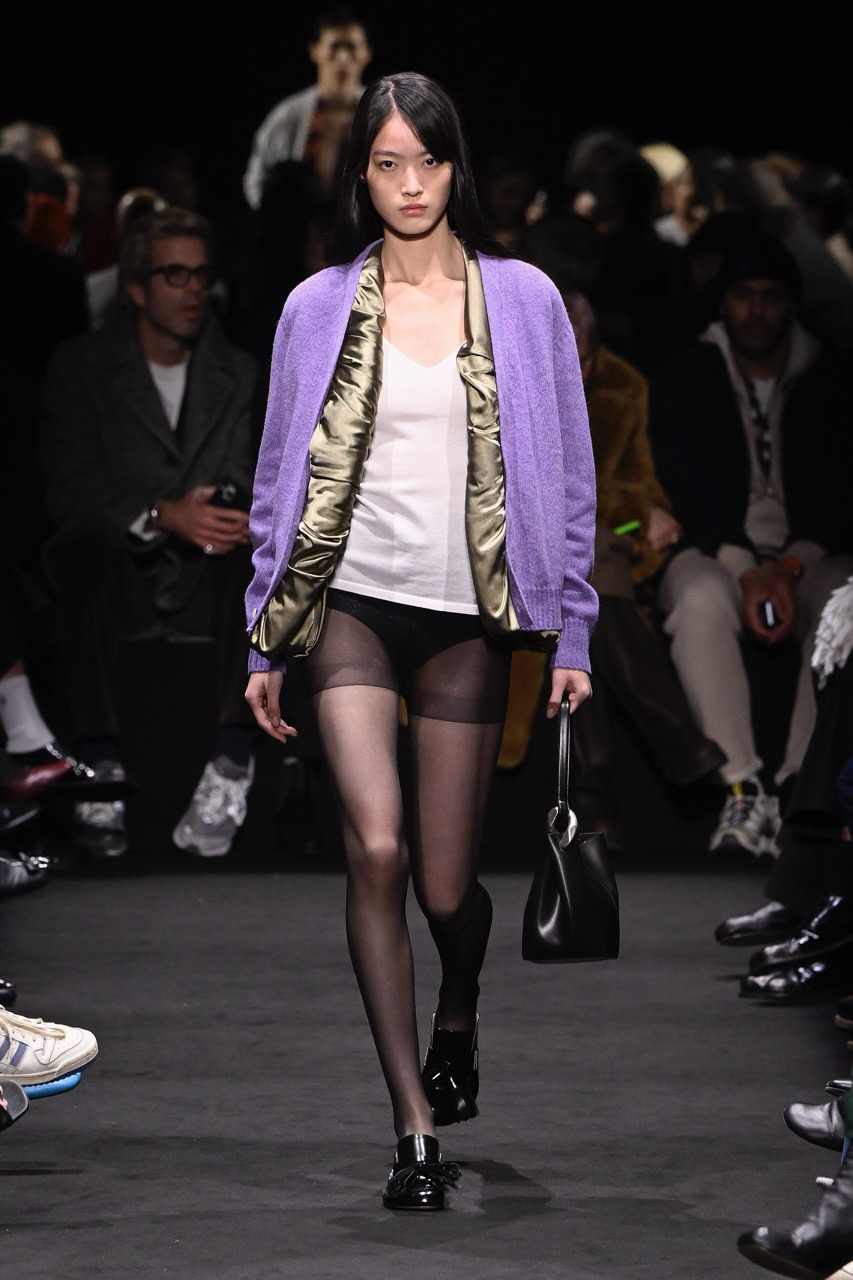
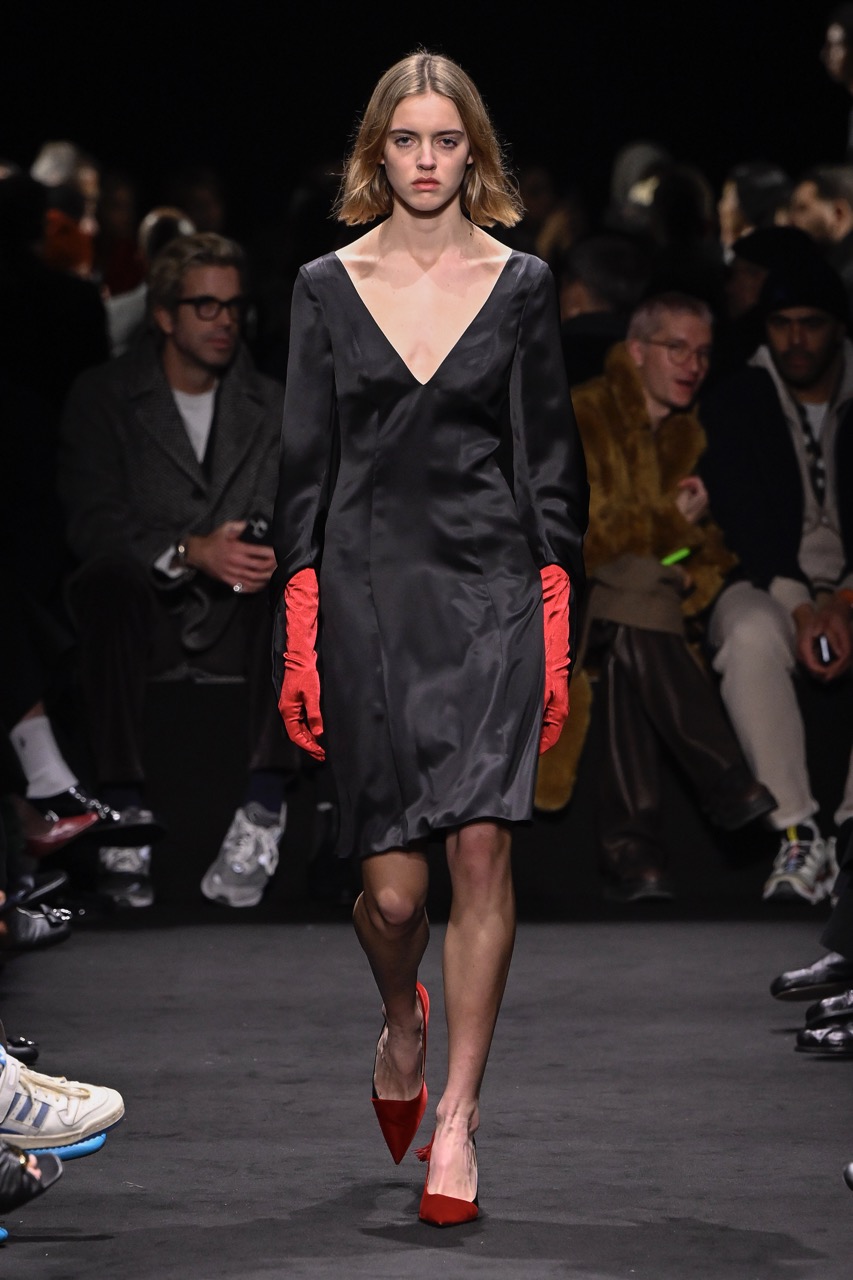
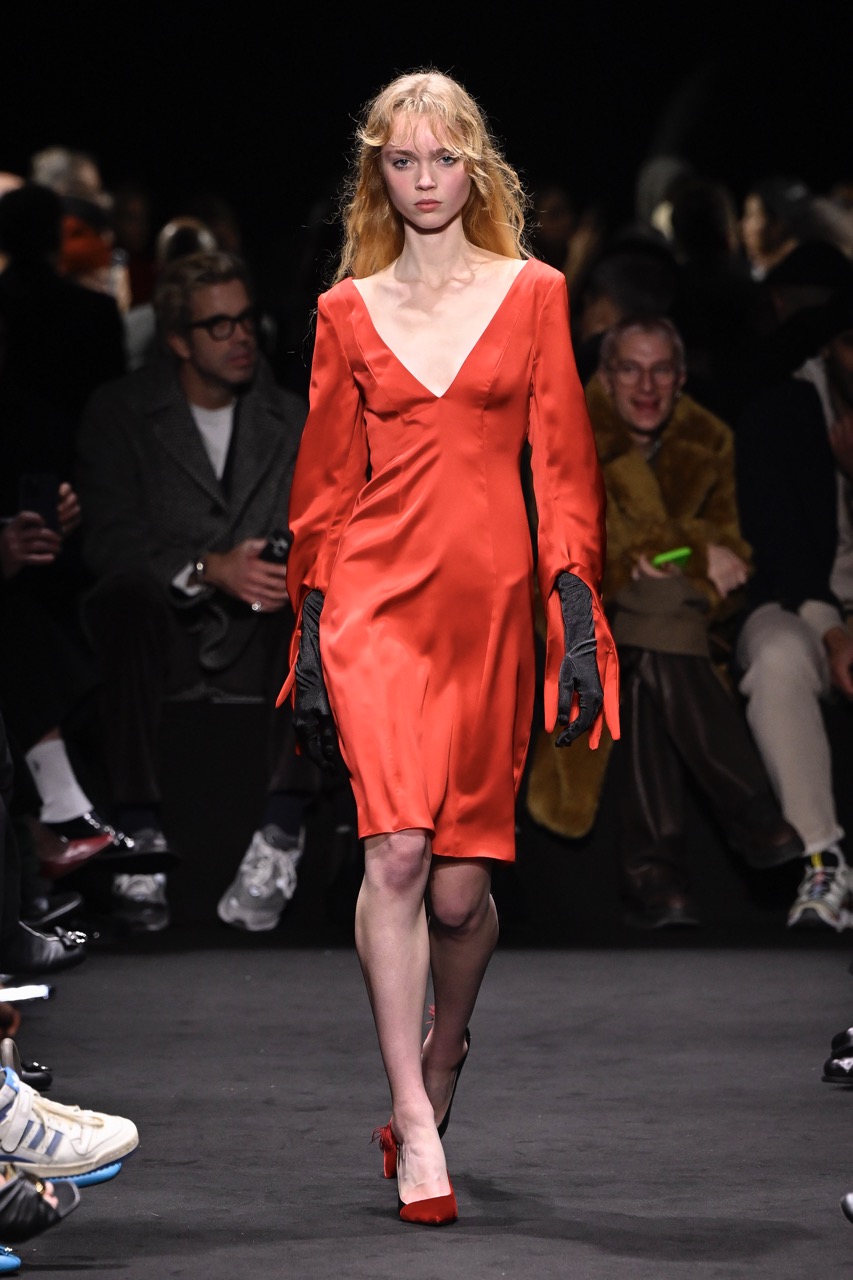
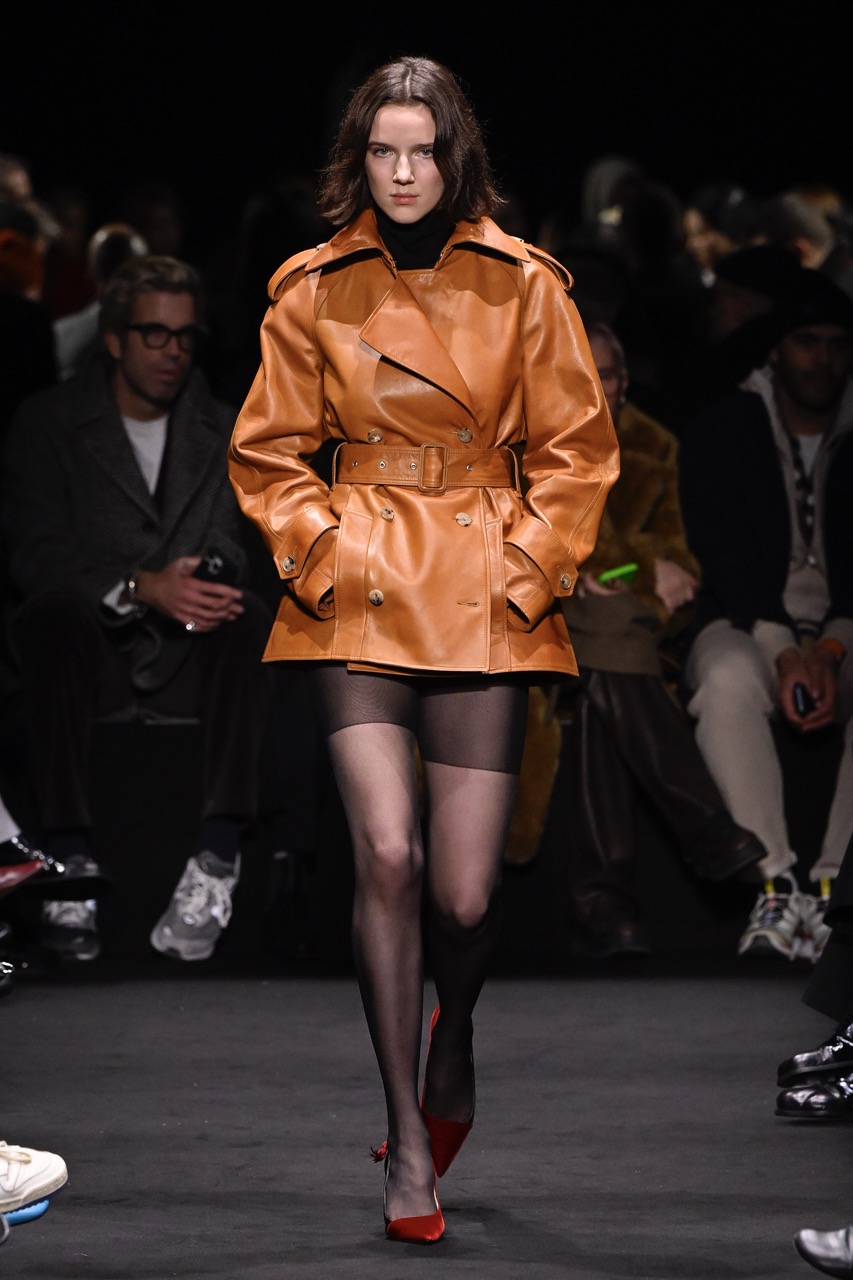
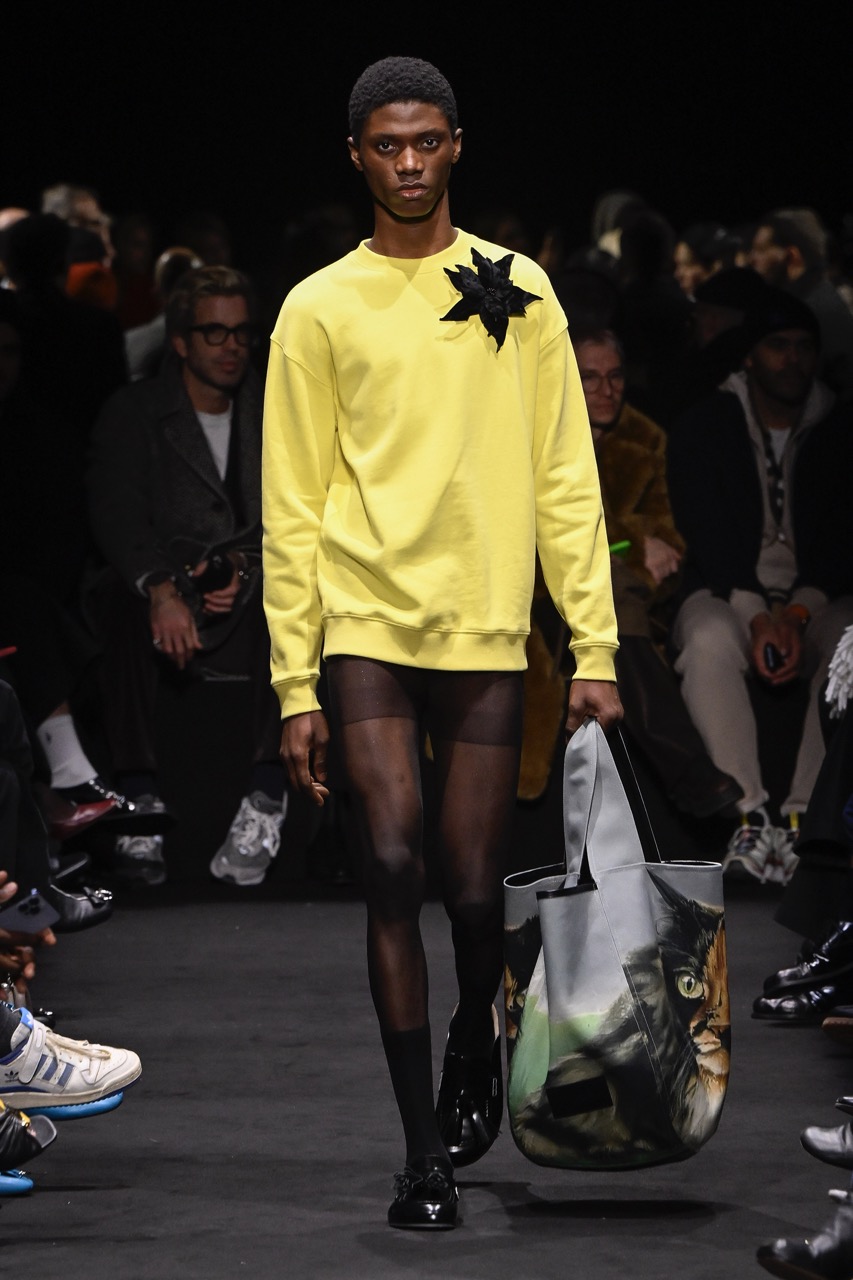
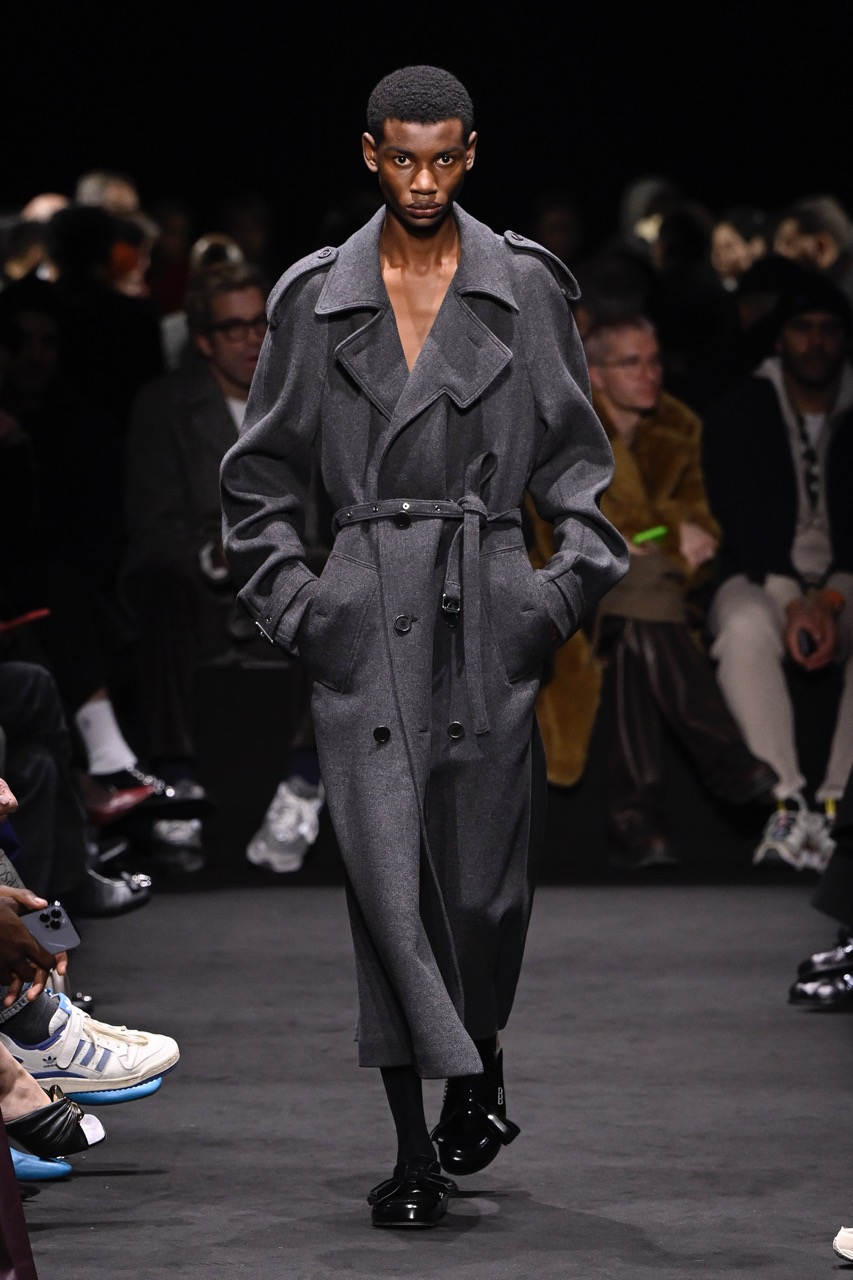
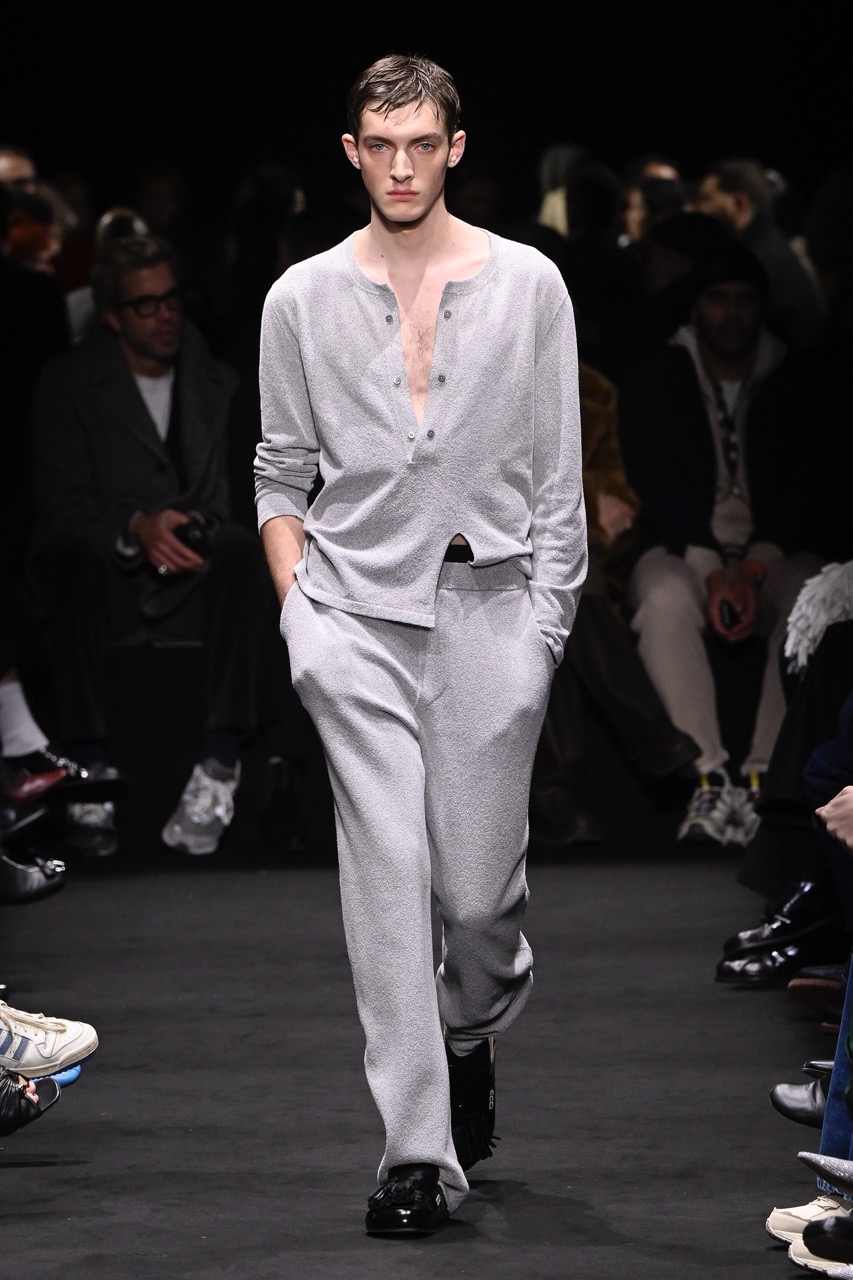
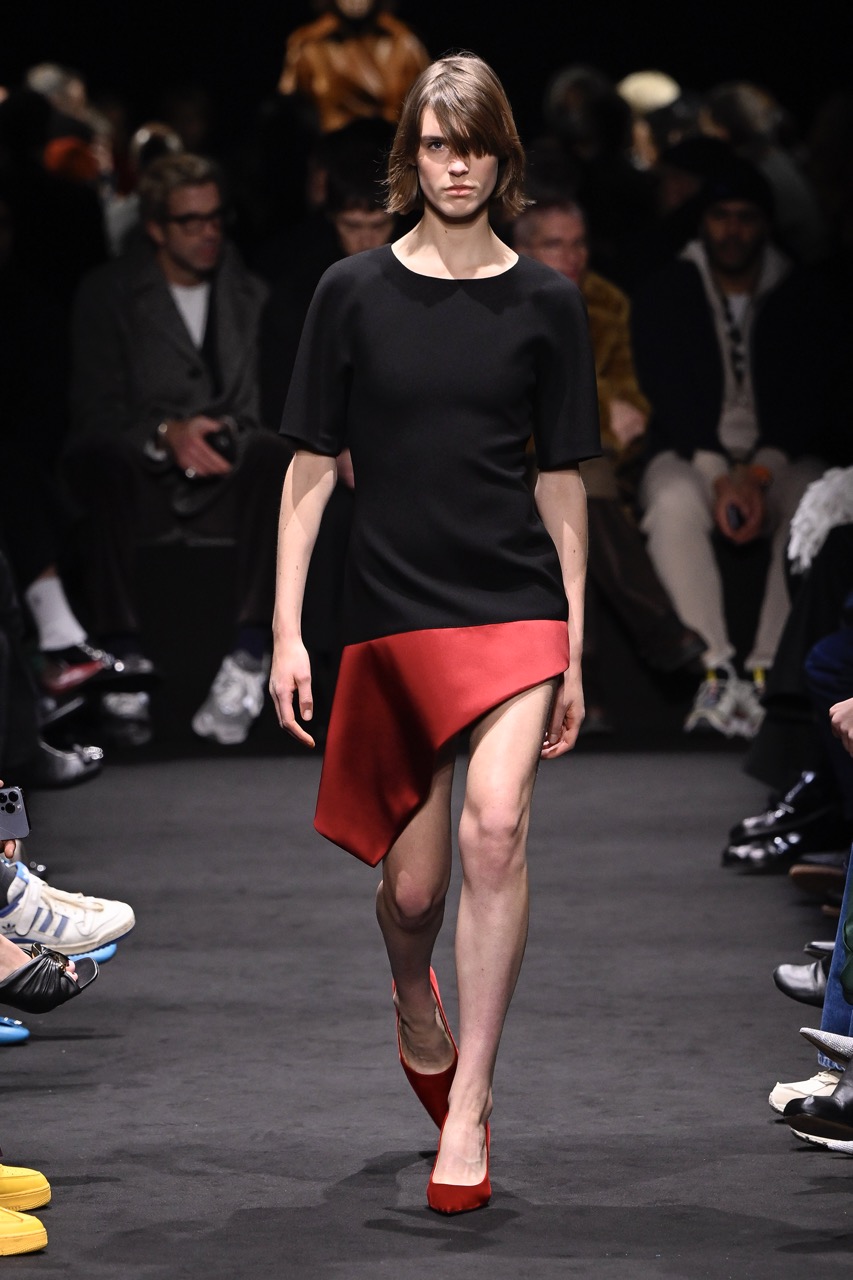

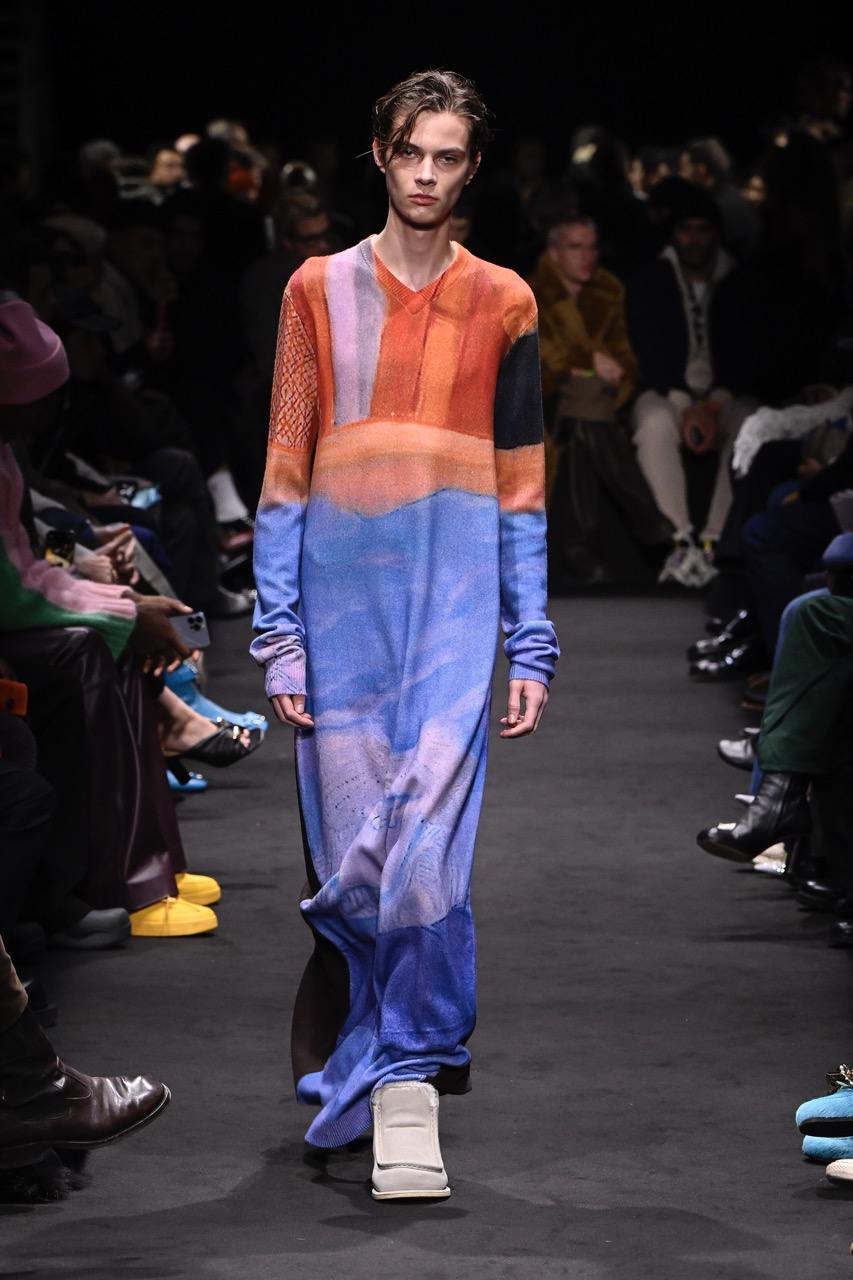
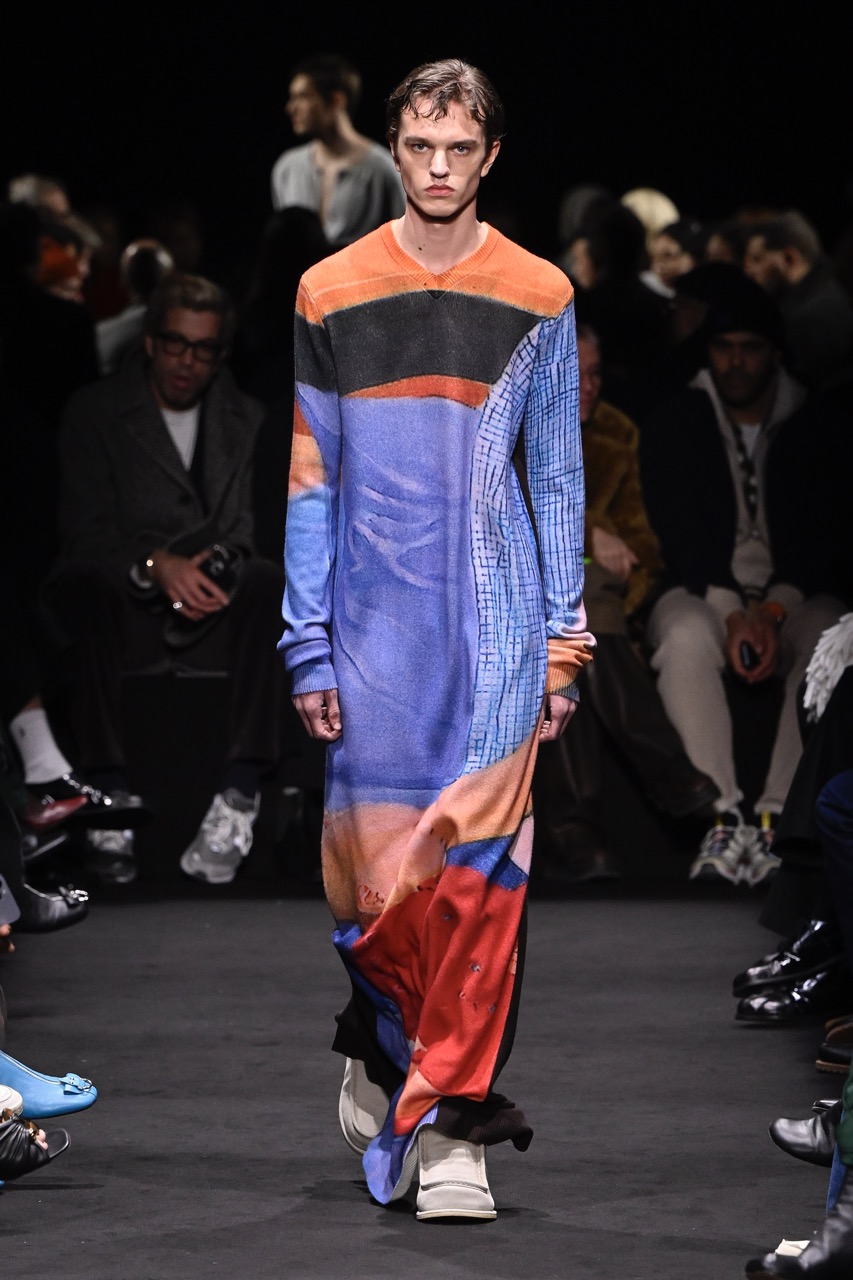
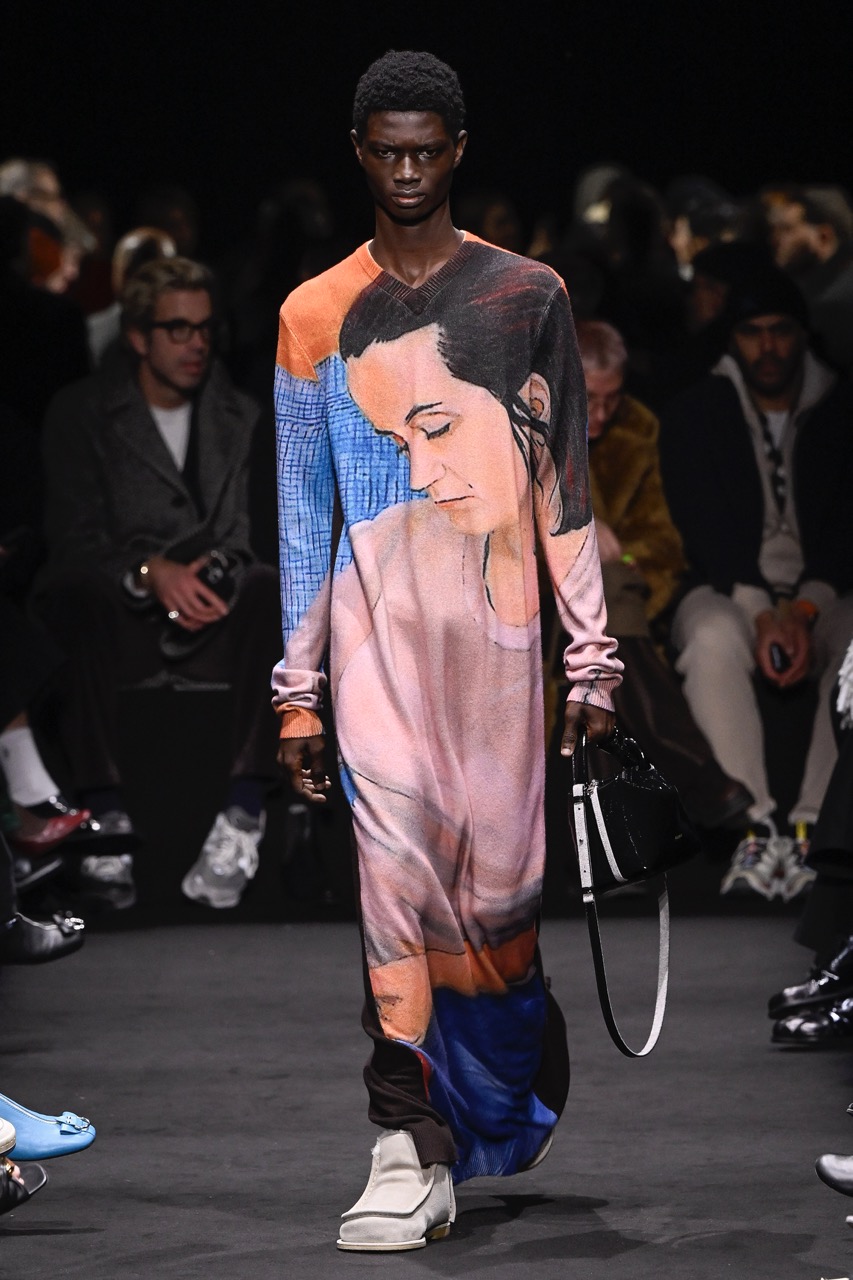
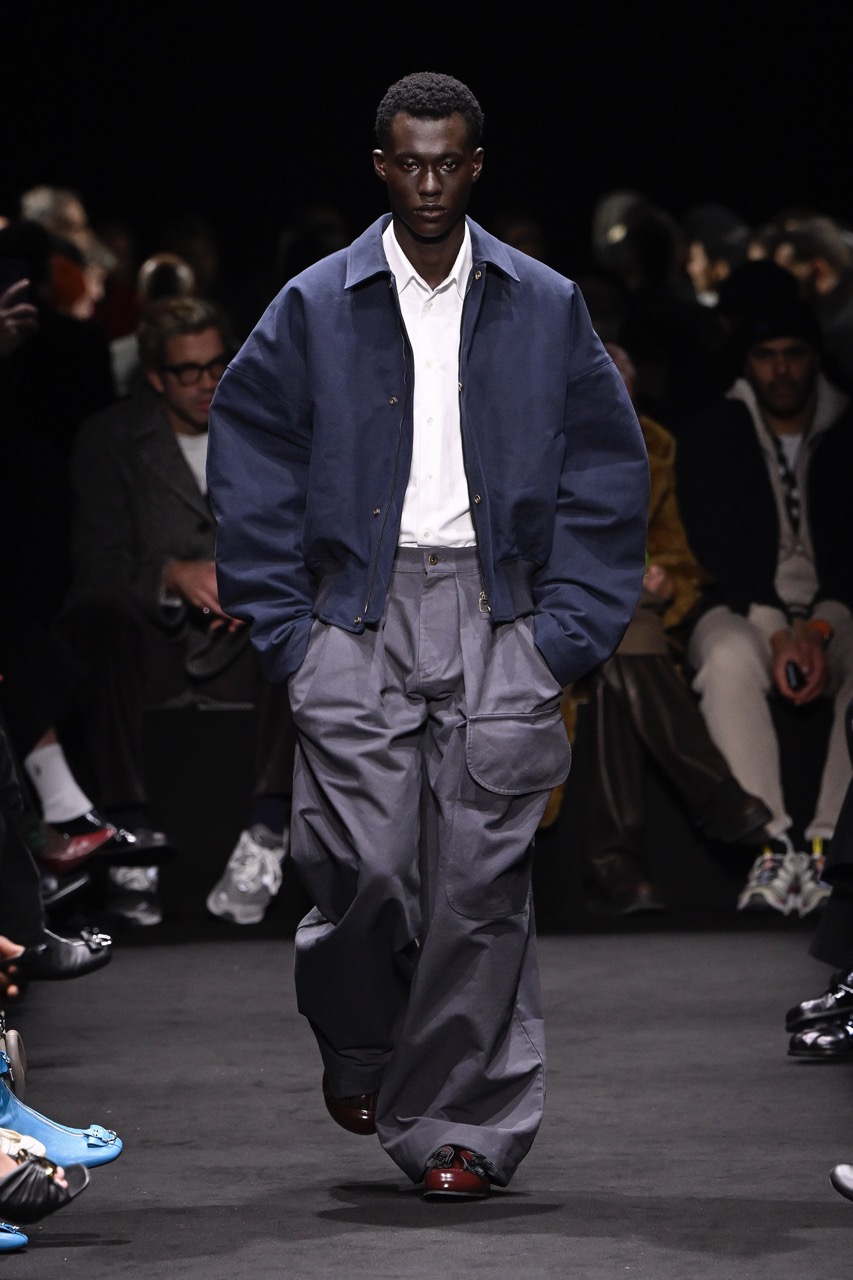
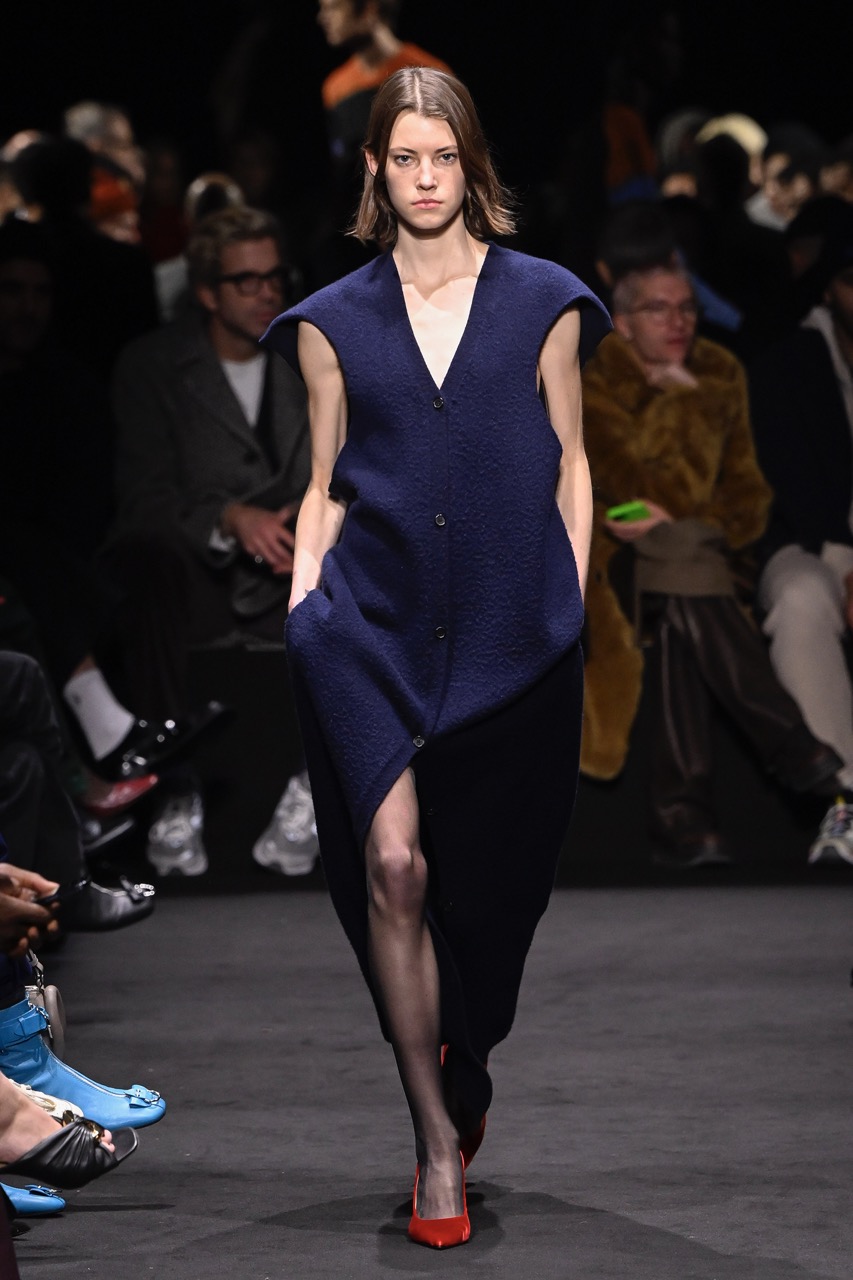
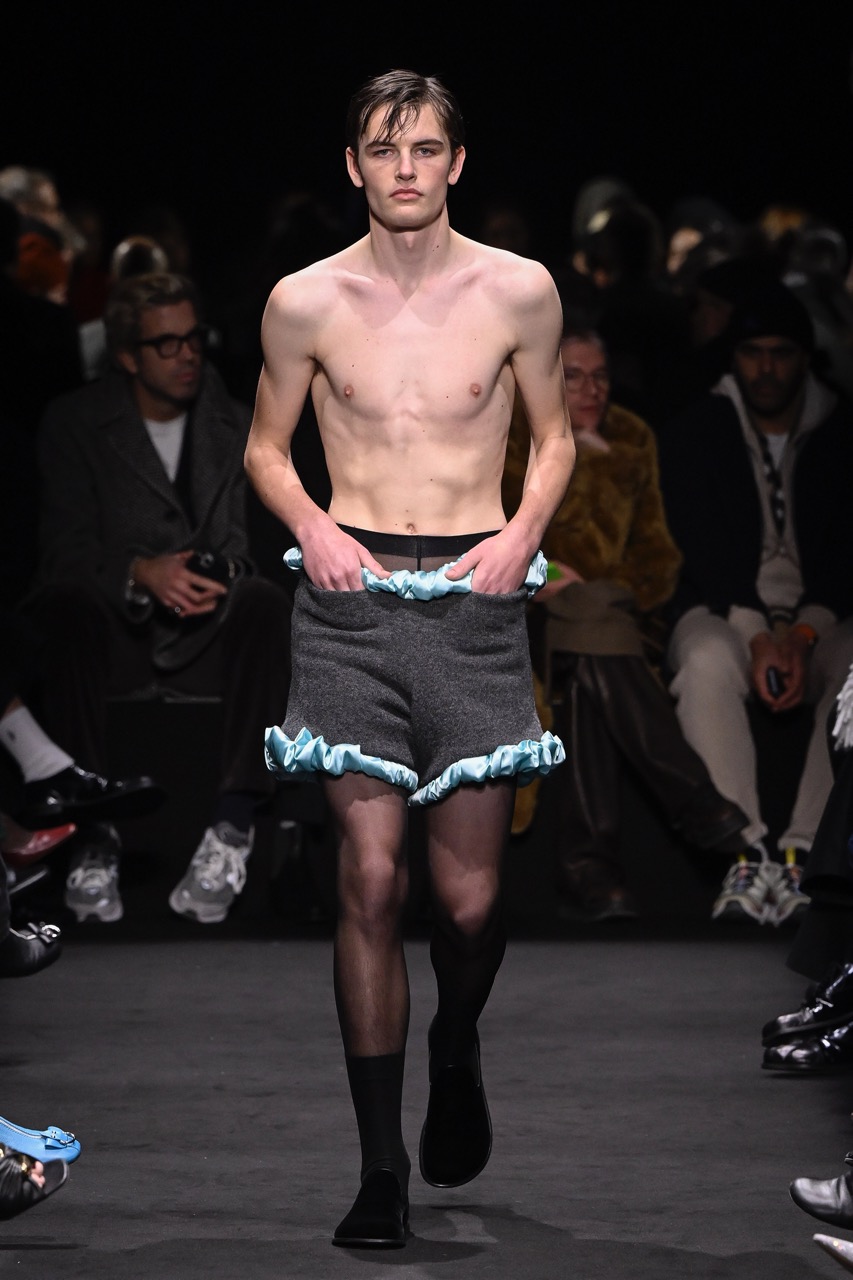
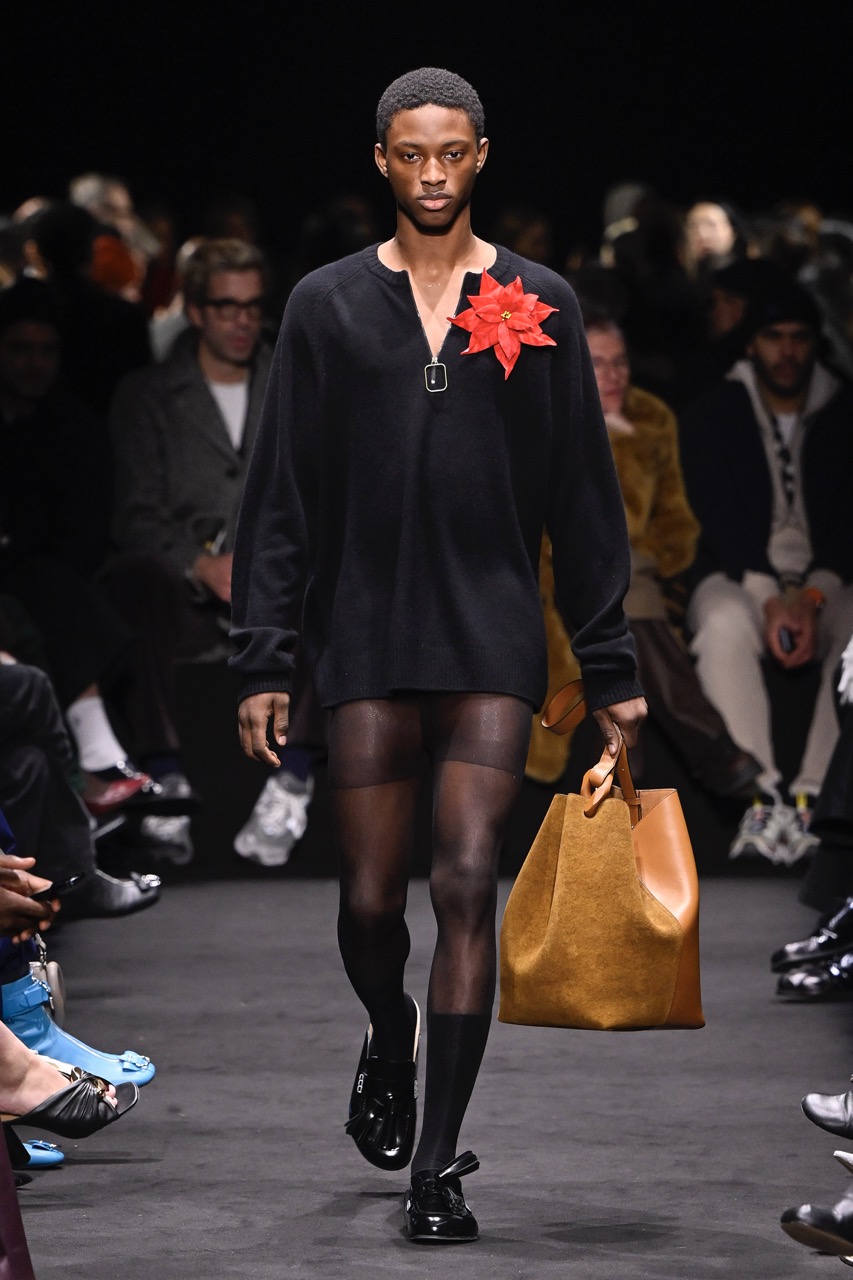
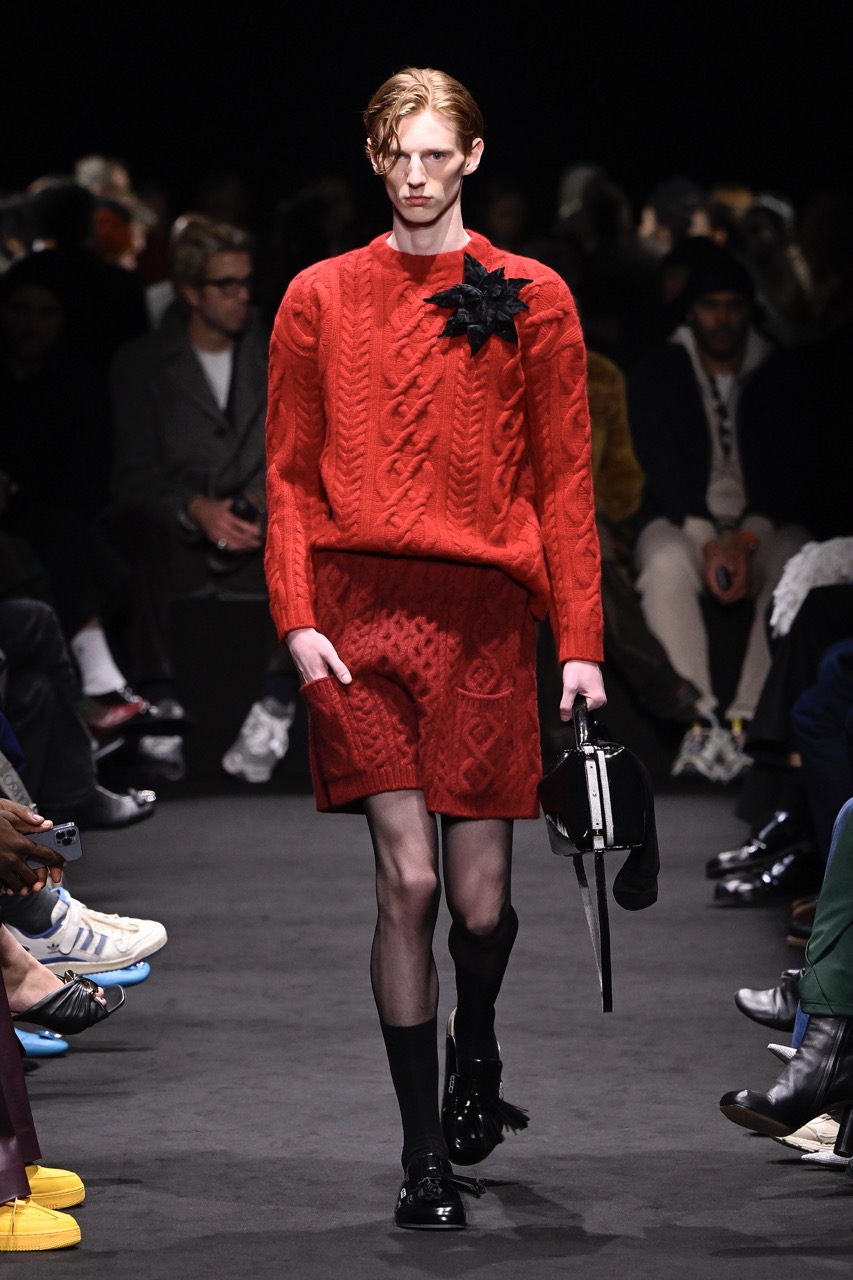
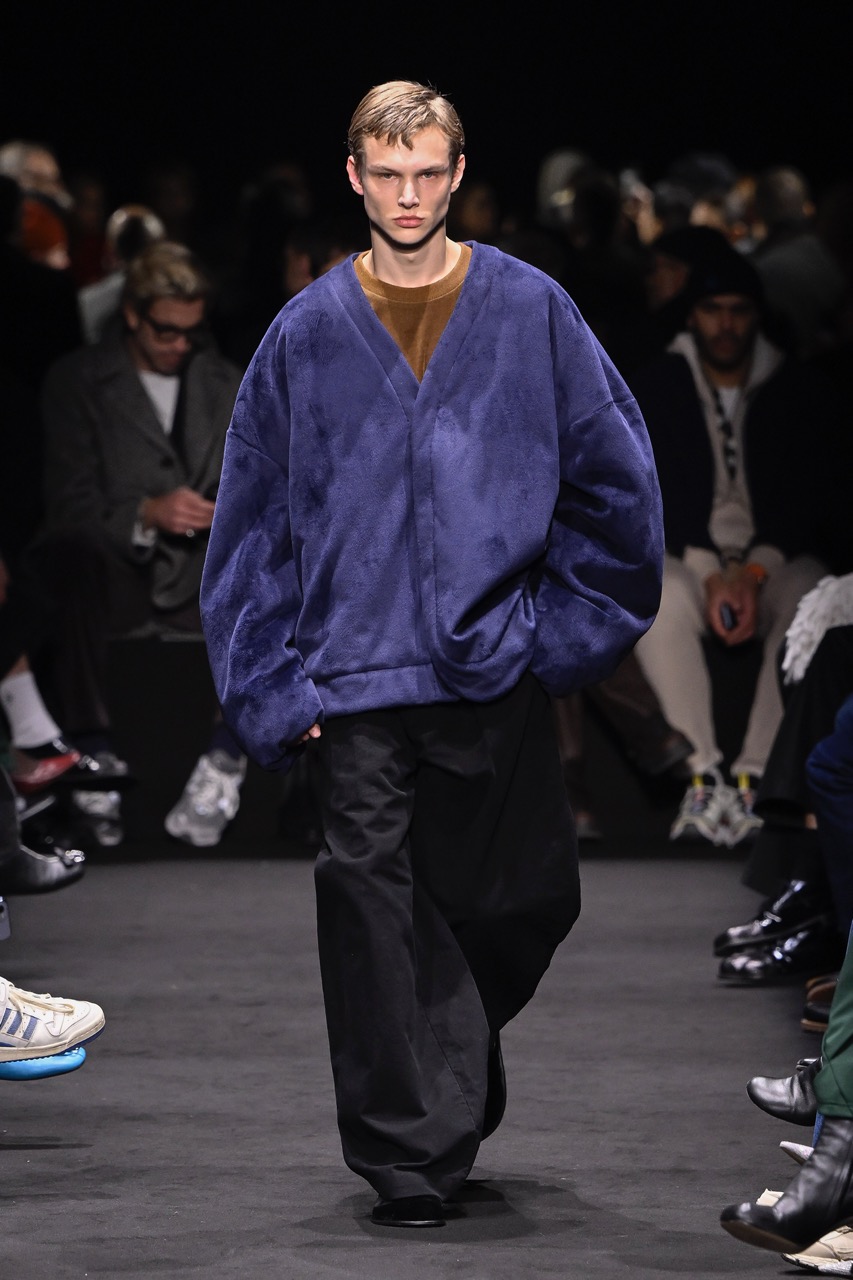
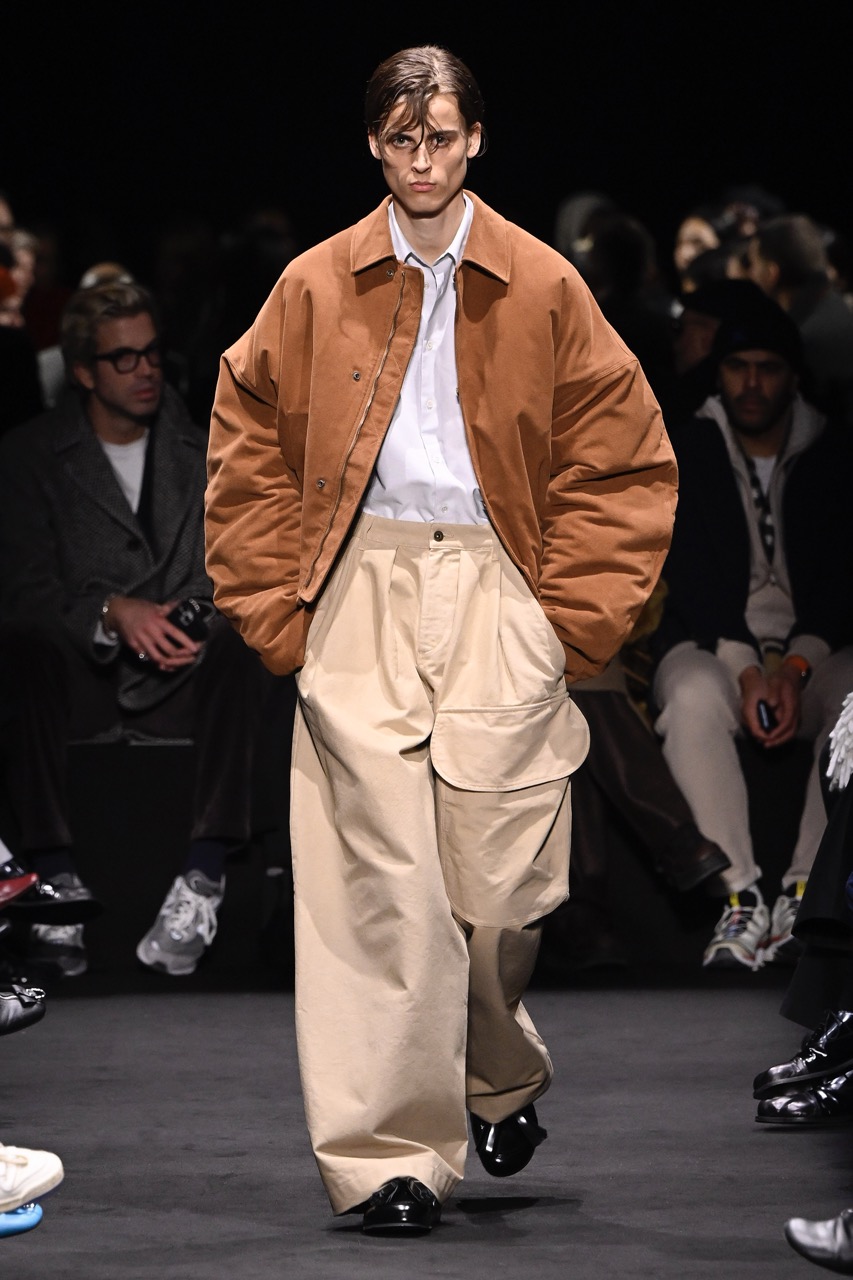
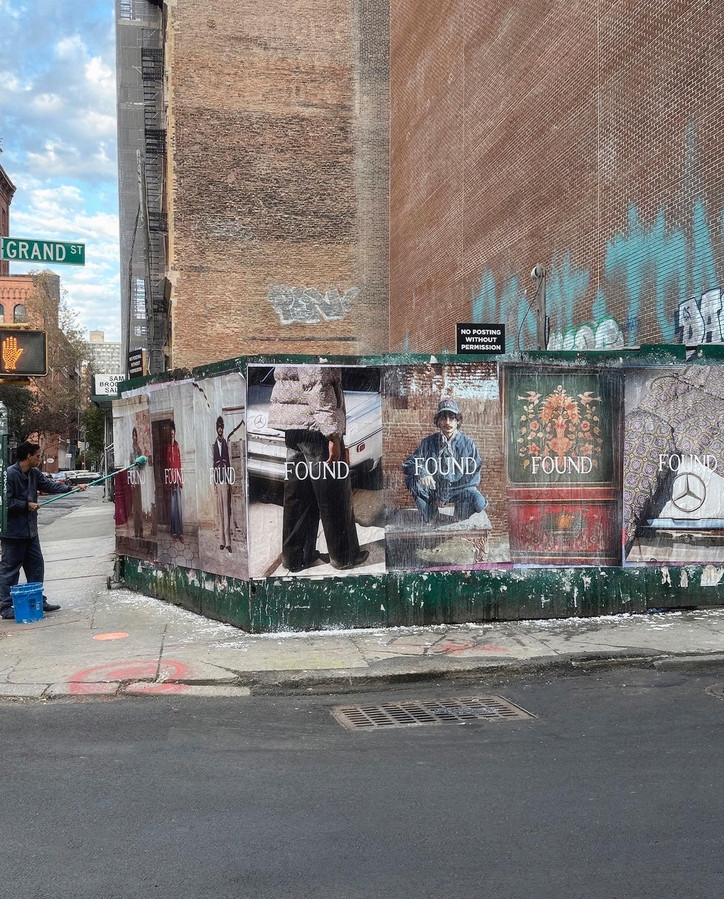
Launched at the end of 2023, FOUND captivates with a ready-to-wear, gender neutral F/W collection, “Two Sides of the Same Coin.” Instead of striving for a specific look, Zaidi aims to cultivate a timeless feeling – one that embraces intentional storytelling and a fluid cultural identity. Think lush fields, rich tapestries, equestrian scenes, and delicate embroideries — you could easily wear FOUND out skating, at dinner with friends, or a cozy weekend with family. Crafted with care and ethical mindfulness, Zaidi’s clothing has been seen on the likes of Rihanna, Jack Harlow, Kendrick Lamar, Gigi Hadid, and The Weeknd, and is now sold across a range of luxury retailers such as Saks Fifth Ave, Neiman Marcus, Selfridges, and Nordstrom.
Perhaps the most underrated element of Zaidi’s rebrand is a short film used to convey the essence of, what can only be described as, childhood nostalgia. Using Super-8 footage, the film–set against the backdrop of East Pakistan — captures a young boy’s journey past the confines of the unknown into creative liberation. It ends with a voiceover in Urdu meant to underscore the ethos of FOUND: “When others are able to see themselves in anything that has been created, then that piece of work is remembered forever and it stays close to people’s hearts. And anything that is able to stay close to people’s hearts, that is what continues to live on.”
Over a series of conversations, Zaidi walks me through his creative odyssey: from the genesis of FOUND and his interest in fashion to his desire to create clothing that allows for complete freedom of expression — regardless of culture or background.
Let's go to the start: can you take me back to the mindset you were in when you first began thinking about creating your own fashion brand?
Early on in my childhood, something clicked when it came to my interest in fashion. For young, impressionable kids there are unspoken things that pull us in a certain direction and allow us to develop fascinations. It’s often not until later we can make sense of it all. For me, it could have begun by spending an extra five seconds on the color of my shoe laces or the texture of my hoodie and wondering if the color could’ve been two shades lighter.
Growing up in a culturally rich environment, I'm certain, played its role. Being around my grandmother, my aunts, and even seeing my own mother adorned in traditional Pakistani attire — embellished with detailed embroideries with intricate florals and paisley patterns alongside a variety of fabrics, each with its unique sheen and texture — must’ve sparked something in me. Now, when I see old photographs of myself, I think back to what may have gone through my head at eight- or nine-years-old while picking the outfits I was wearing at the time.
This was a powerful realization. Though it wasn’t until after college — and due to countless candid conversations with my sister and cousin, Iram and Nabil (eventual co-founders of the brand) — that we mutually identified a need in the market for intentional clothing. This sparked the idea of building a brand. We never had a formal business plan or received any technical training. We knew nothing about pattern-making or printing, and didn’t have the faintest idea of how to piece any of this together. What we did share was a background shaped by entrepreneurial fathers and, most notably, a shared immigrant "we'll navigate through this and figure it out as we go” mindset.
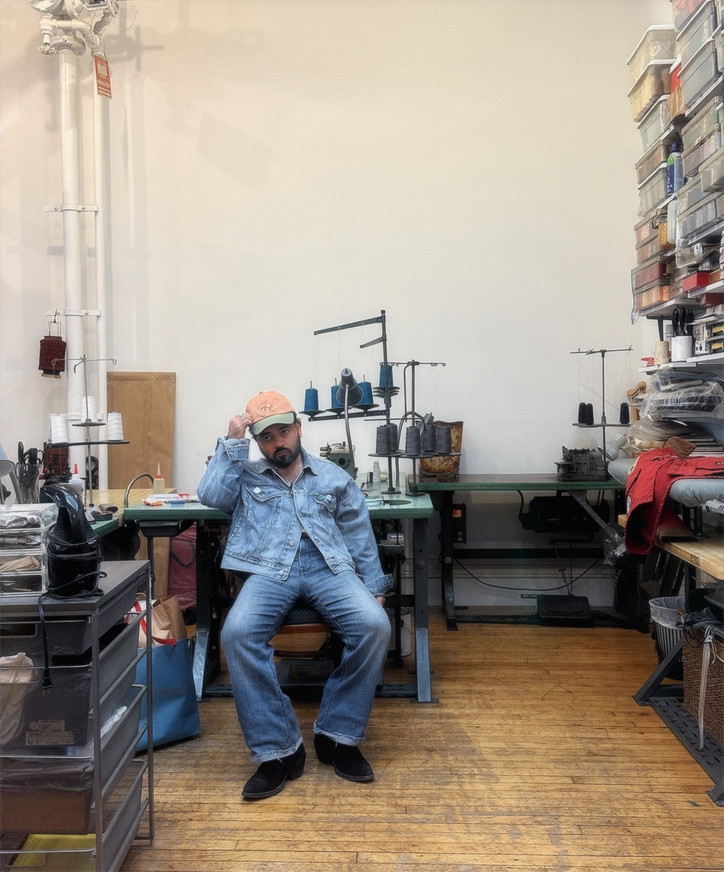
Throughout your 13-year journey, what have the biggest hurdles been so far? Were there moments when you wanted to quit? If so, how did you get past the self-doubt?
Each part of the journey contains a number of hurdles — sometimes lending itself to mental exhaustion and creative burnout. At times, it seems like there is an infinite supply of design and story ideas that will continue to pour out of you and, at other times, having to delve within to find it only to be confronted with blankness. To feel the pressure of continuing to pull novel ideas out of the sky season after season and ambitions to reinvent the wheel instead of keeping the air in the wheel you currently have can be challenging, mentally. The upside is that I find this to be part of the thrill and the reason why designing hasn’t ever felt mundane or spiritless to me. So I wouldn’t say quitting was ever an option.
Operations and logistics wise, untimely deliveries to retailers and production flaws can appear as significant obstacles. Anything impacting the reputation of the carefully constructed brand we’ve built or potentially straining important relationships can become challenging to rectify. Aside from that, there hasn’t been a hurdle too high to leap — knock on wood.
So what prompted you to change Profound to FOUND? Why was it time for a change?
A few things prompted the change: the name itself, plus a desire to redefine the brand's purpose and positioning. With FOUND, the intention is to dive deeper into cultural touchpoints and embed them into each part of the brand's ethos — weaving the story with a familiar romanticism which, in turn, will really carry the work forward. I believe we can build a bigger world with the name FOUND — one that people can step into and insert a piece of their own cultures, upbringings, and nostalgia into.
Visually, it’s shorter — more potent and succinct. I like how the typography looked, to me it carried more weight. The irony of adding more meaning to the name by removing a part of it was also interesting to me. But most importantly, I began to realize that there were an array of beautiful cultural reference points that we could pull from. I began to realize that the traditional richess we grew up around could be inserted into a brand. That was a revealing moment for me.
Intuition is usually strong enough of a guiding force if you allow it to be. I've tried to maintain faith in the natural evolution of things over time and avoid strong attachments to anything outside of beliefs and family. Specific entities like names or companies are all interchangeable — we can shift as a natural outcome of the revolving world around us.
How are the values of your family and background reflected in the new collection and brand?
The brand, in its current form, is a complete physical manifestation of who we are as people. Within there’s an affinity for family and tradition, heritage and spirituality. It’ll continue to evolve just as time and memories do.
To introduce the narrative for "FOUND,” we shot a short film a few months back in the village I was born in: Arifwala, Pakistan. My late father dedicated a large portion of his life's work to his village — building the first school and giving back to the struggling local community. The film traces a young boy's exploration of his homeland; the search to find something more in a place that can often feel so restricting. It conveys the idea of meaningful work that extends beyond one's lifetime. This connects life stories and the exploration of the South Asian diaspora as something that is very intimate and precious.
To me, stories of family and tradition resemble a deeply immersive, spiritual journey. They grant me insight into generational emotions and perspectives while allowing the brand to become an extension of myself and my background.
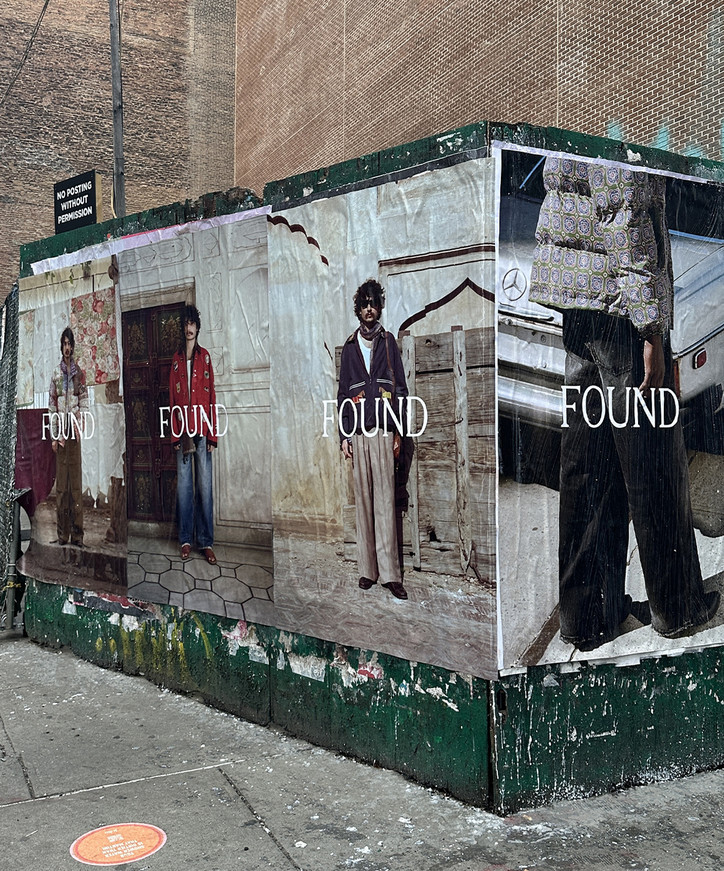
To you, what defines someone's personal style?
Style ends up meaning different things to different people. Like music, there are those who listen to it passively, often as background noise… then, there are those who pay attention to each cadence, lyric, and instrument. Some care just a little bit more about what they wear and are thoughtful in their approach to dressing. For most, style evolves throughout different phases and chapters in their life.
In my role as a designer, I'm most interested in carving out that space — I aim to give people a way to communicate something from what they wear. I’m interested in these sorts of quiet forms of expression subtly communicating to the world all of the complicated spectrums humans exist in.
What's your favorite piece from the collection?
My current favorite piece? It’s probably between the embroidered horse work jacket with chain stitched floral embroideries along the hems and the leather pocket jacket with a hand distressed leather treatment. I worked closely with the craftsman on all of the leather during my trip to my motherland some months ago. It became significantly more special when I immersed myself into the process of it and saw the level of care and detail that was put into its making. These hold a special significance as they were designed to be passed down to future generations–they’ll only look better and develop more character over time.
And finally, who would you love to see FOUND on?
I enjoy the idea of seeing FOUND on those who’ve reached greatness in their respective fields. Best-in-class sort of thing. I could name a long list of people in various industries that I would be thrilled about but Denzel Washington, Shah Rukh Khan, and Messi would be an excellent starting three.